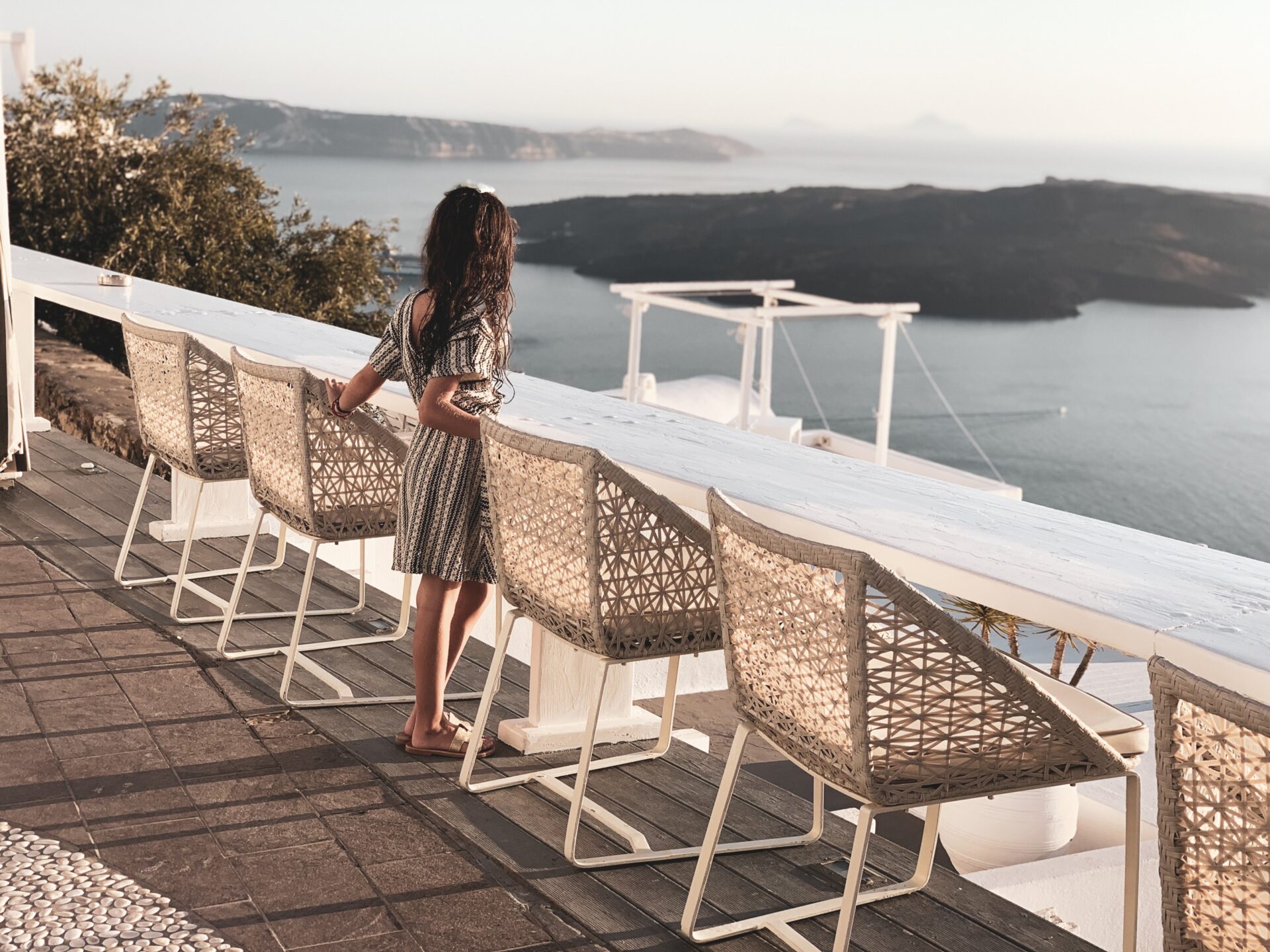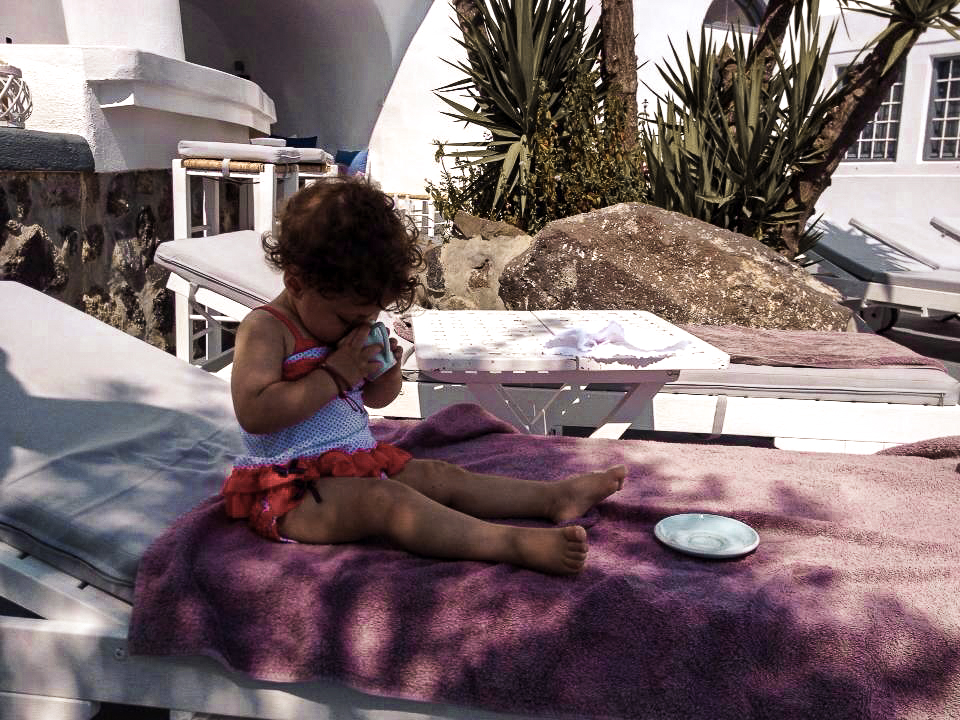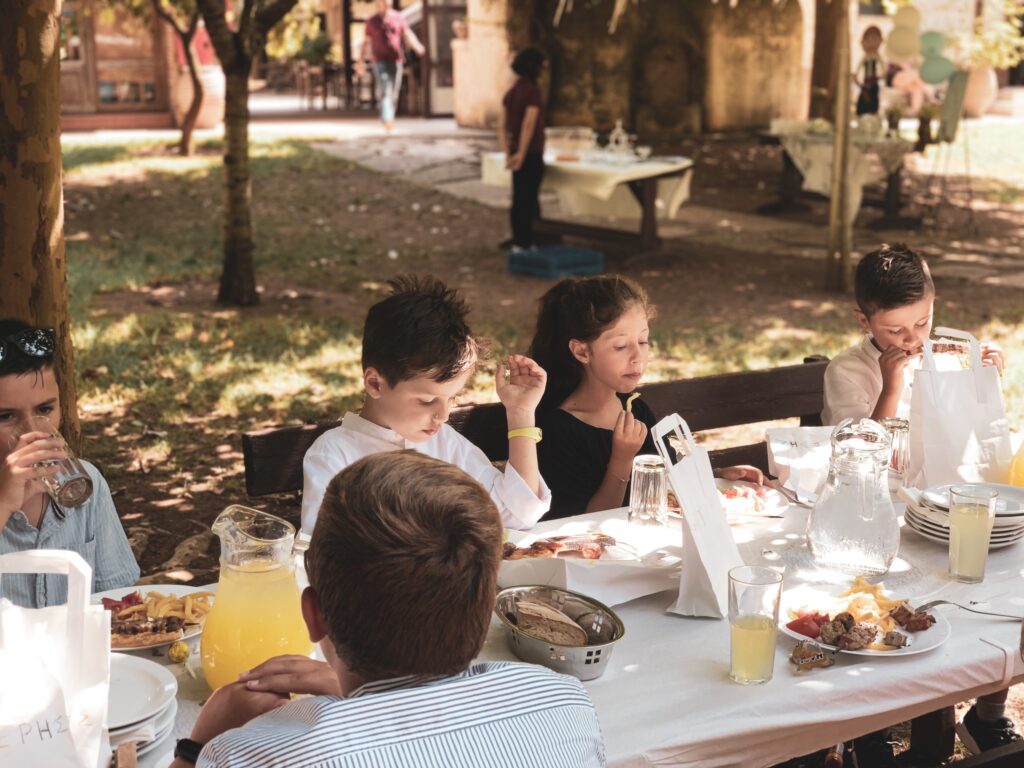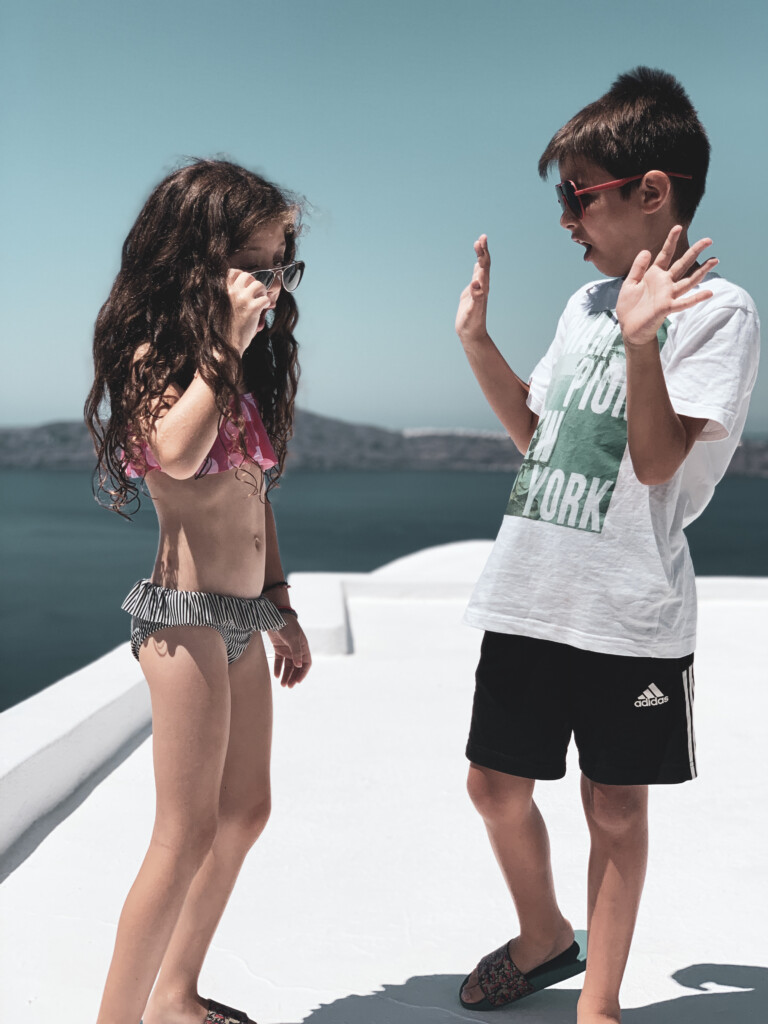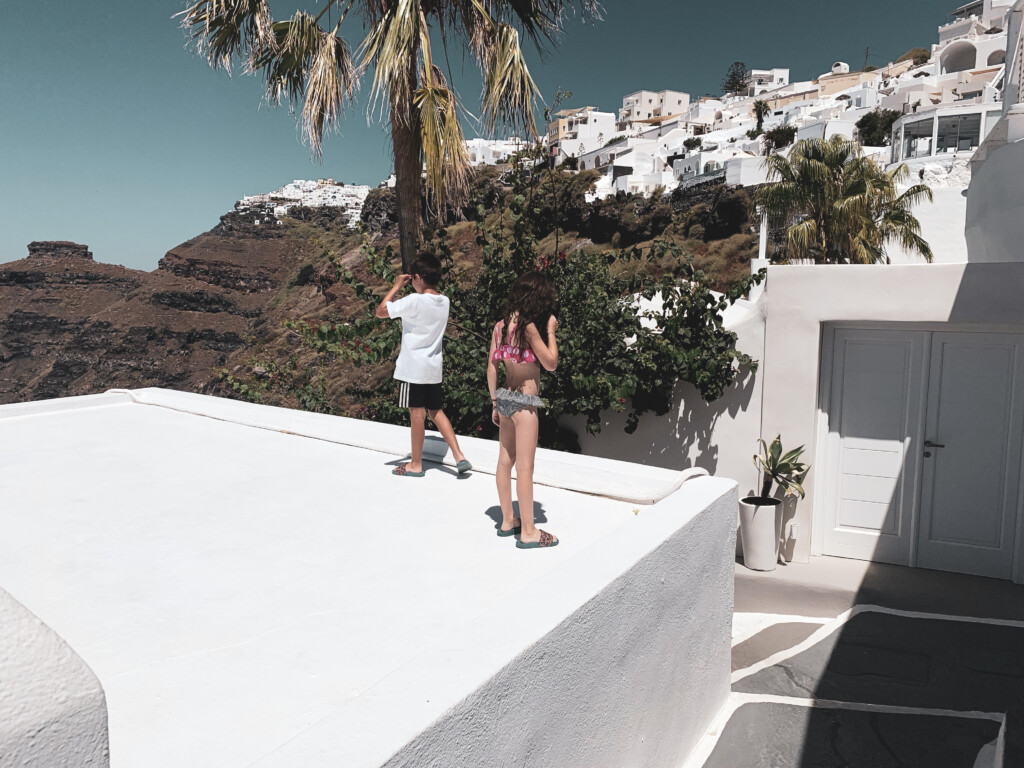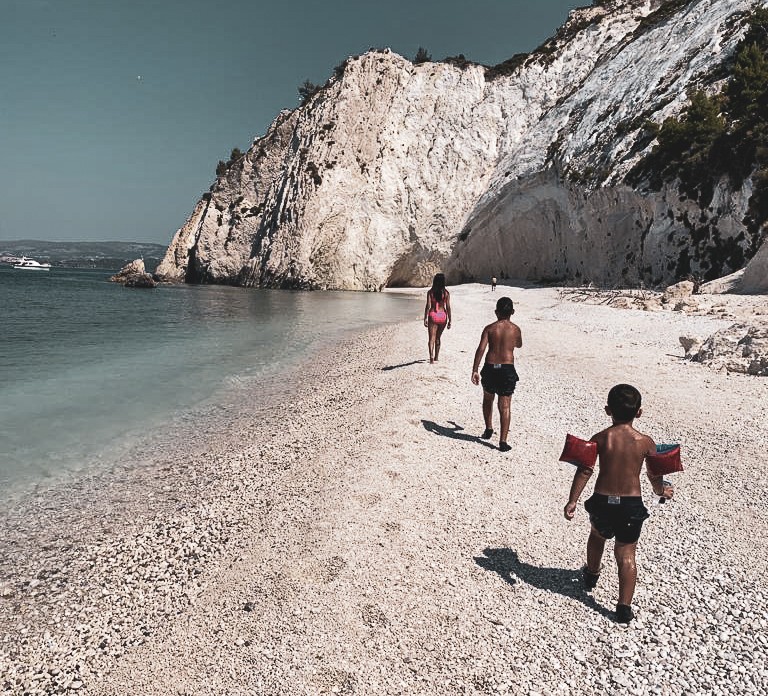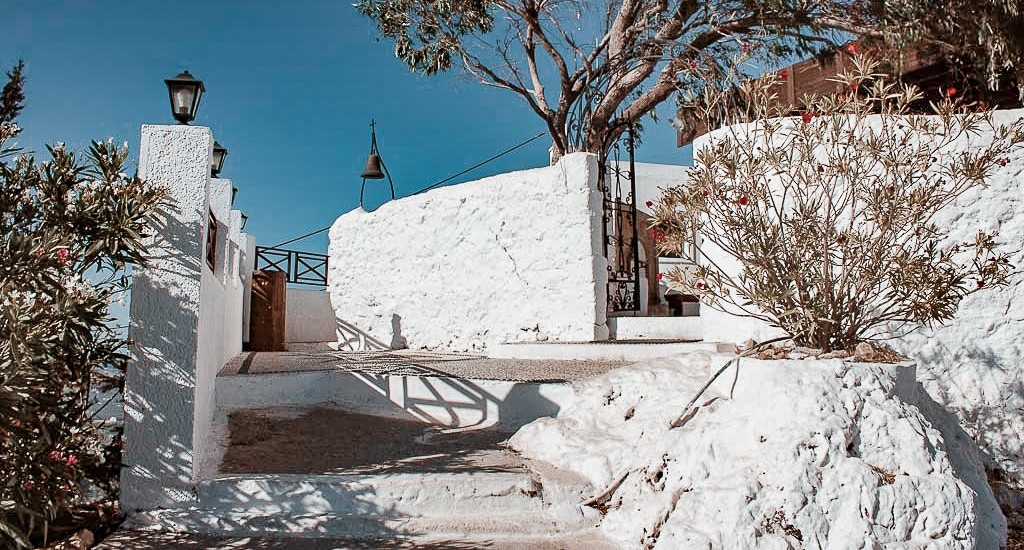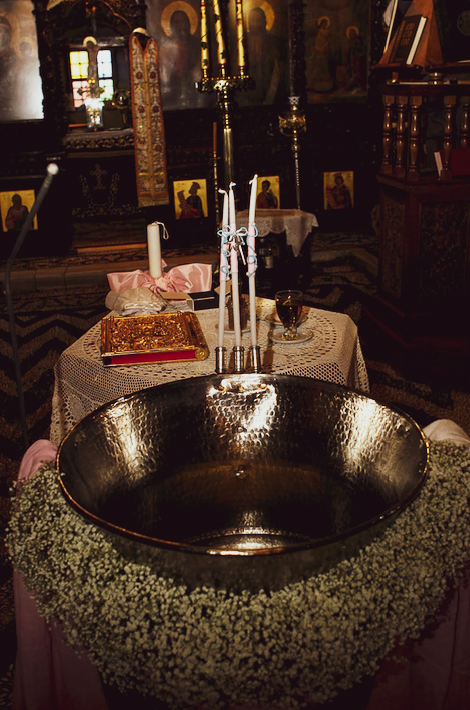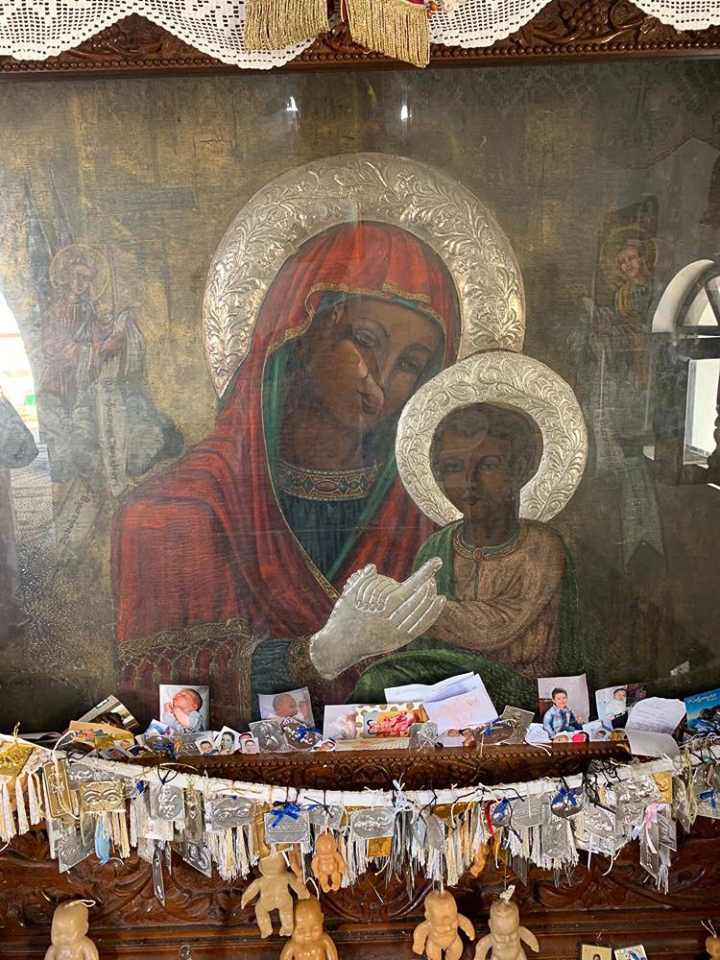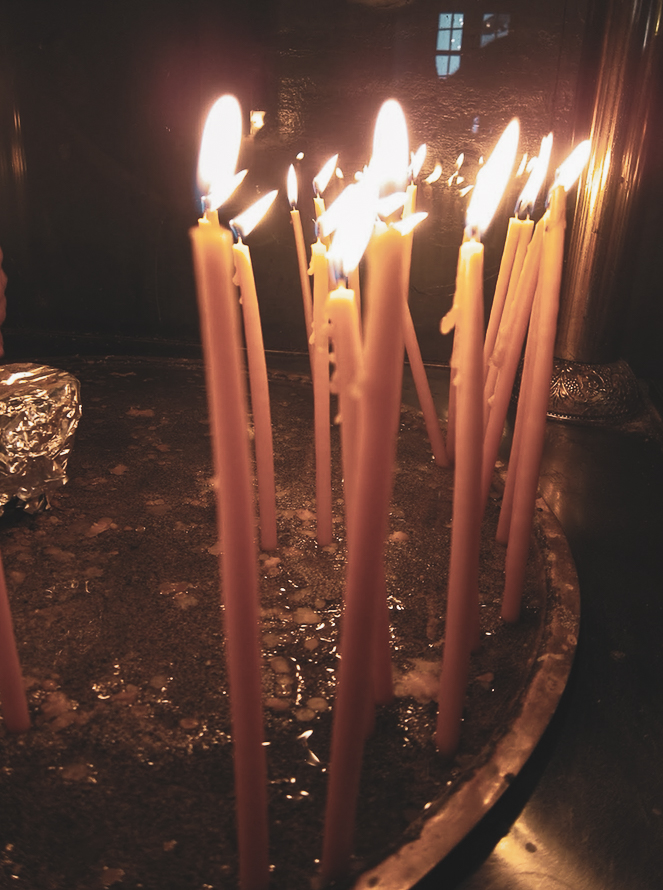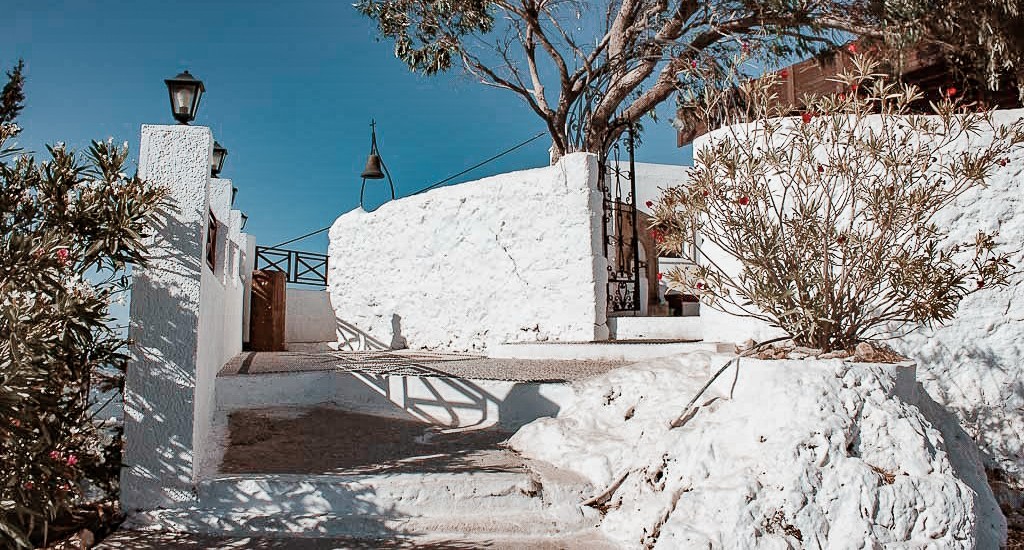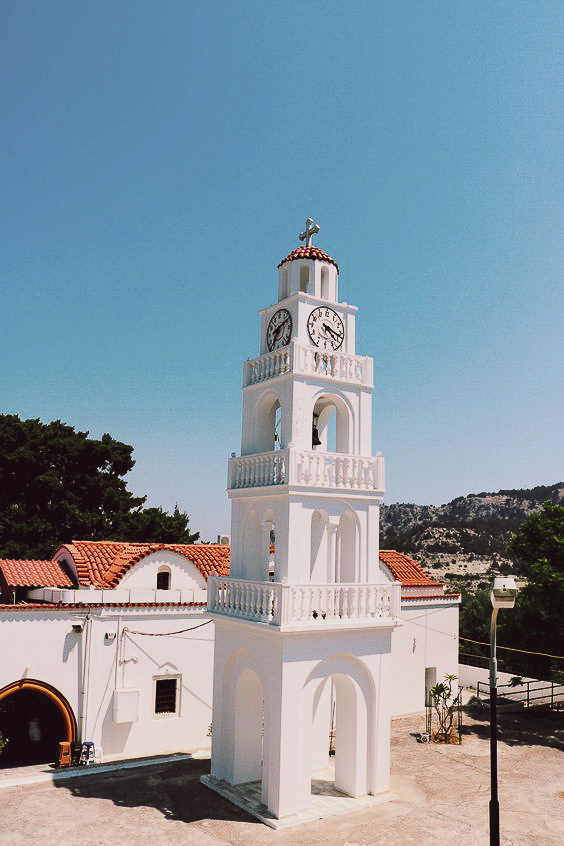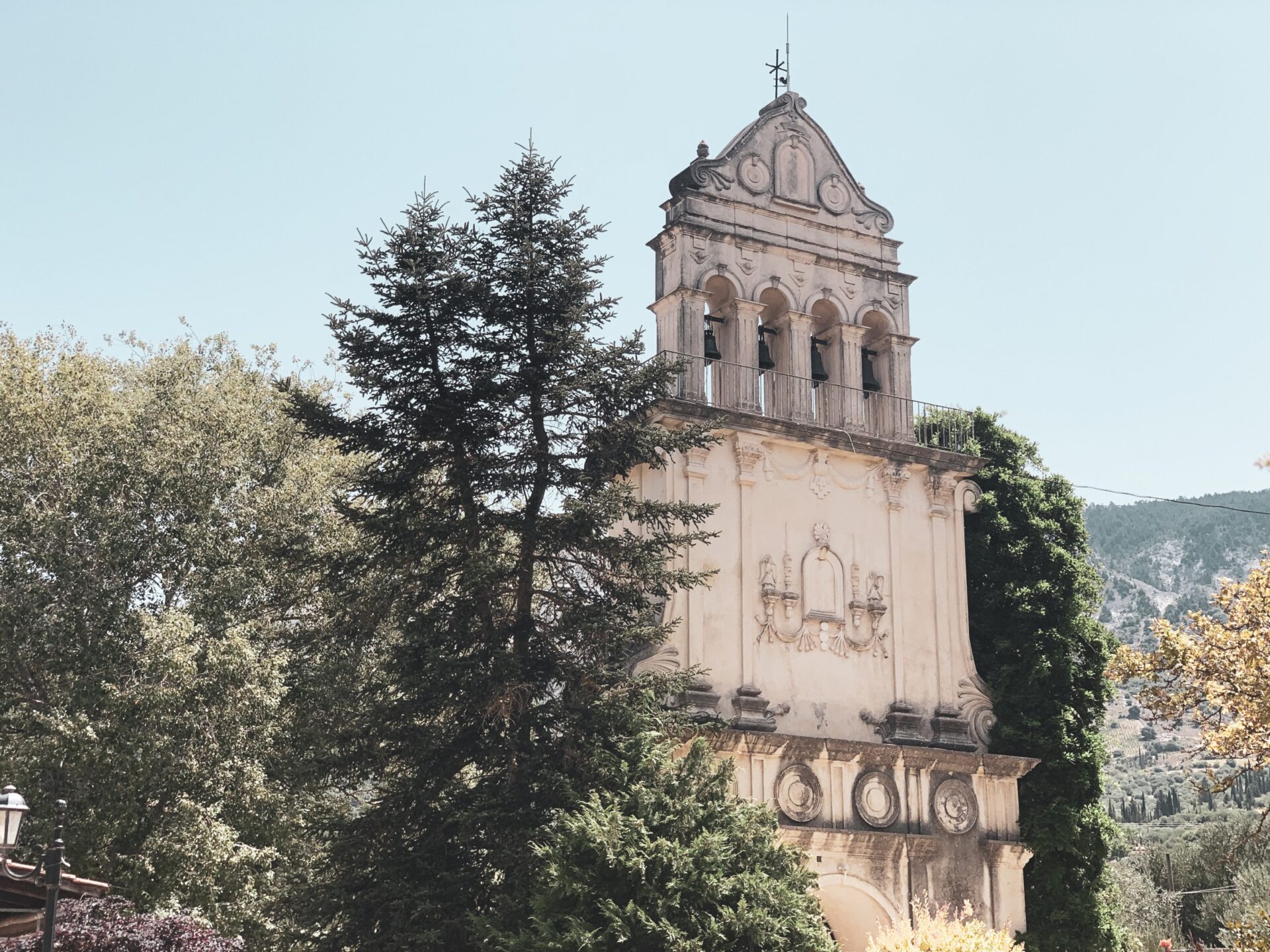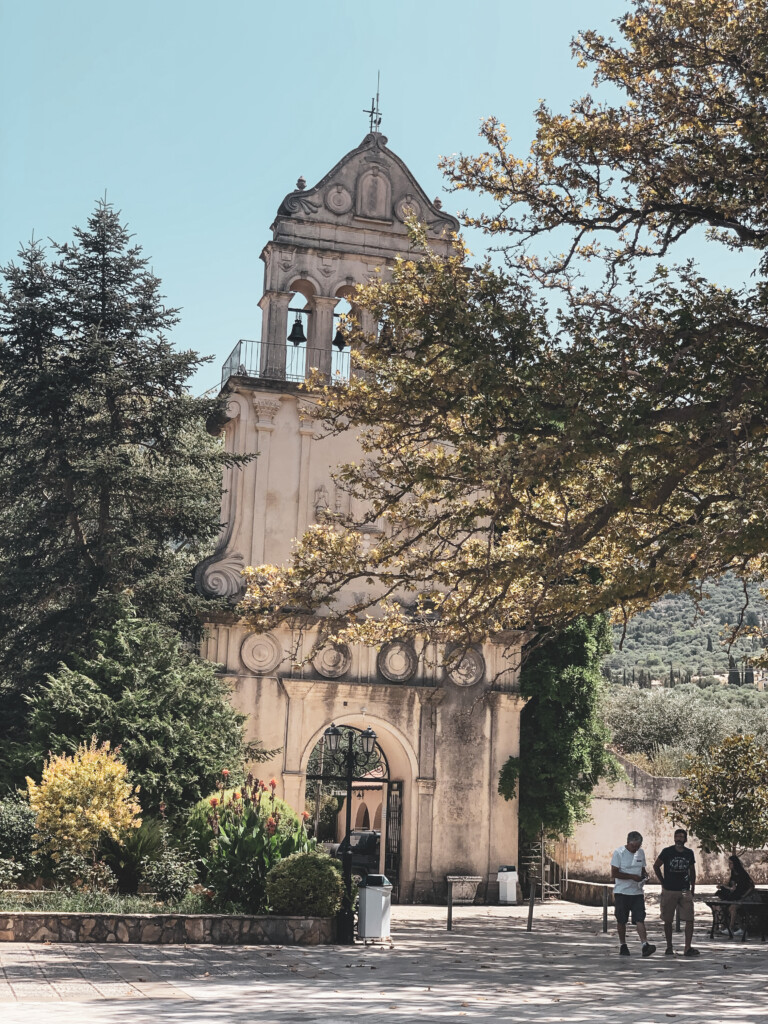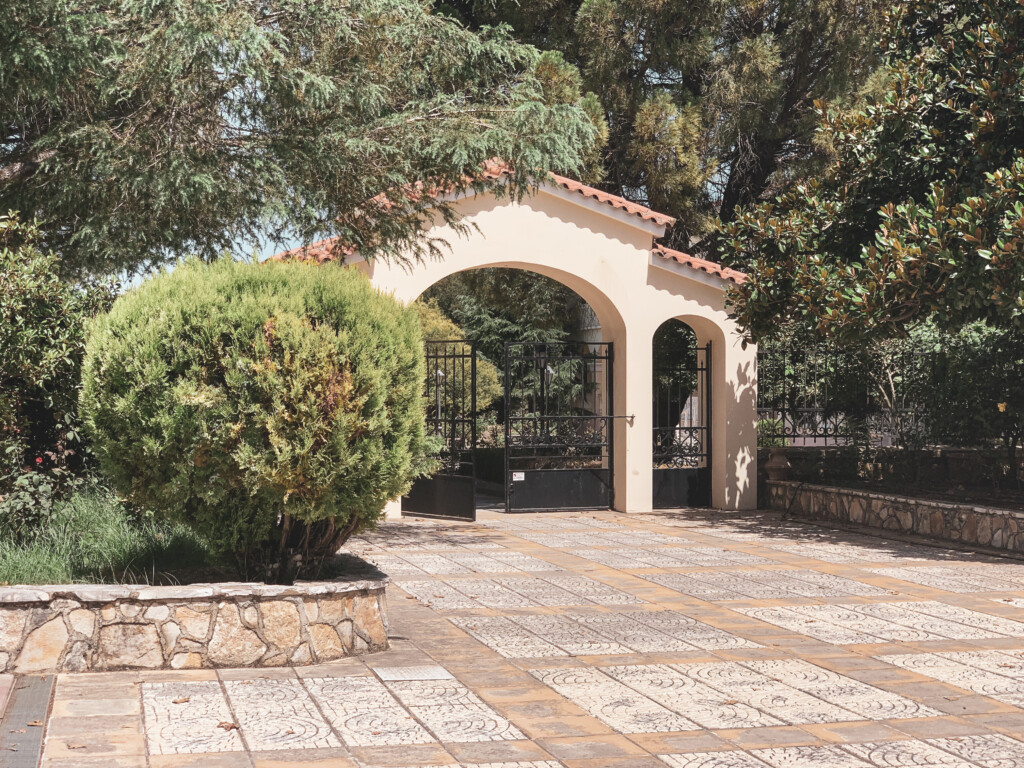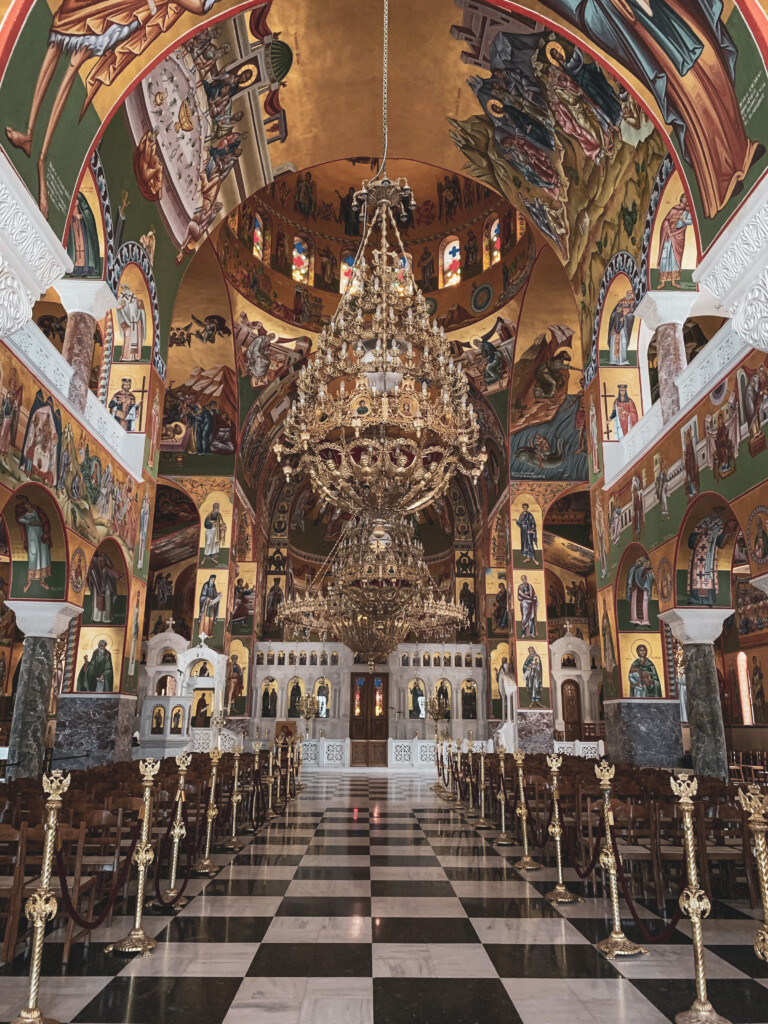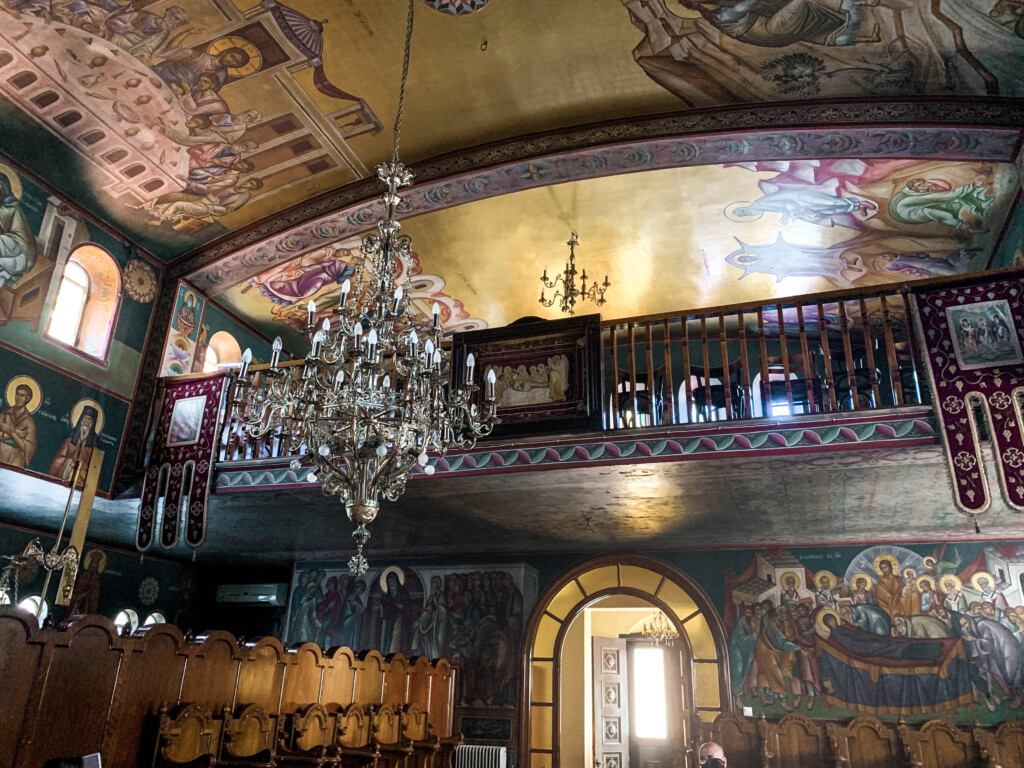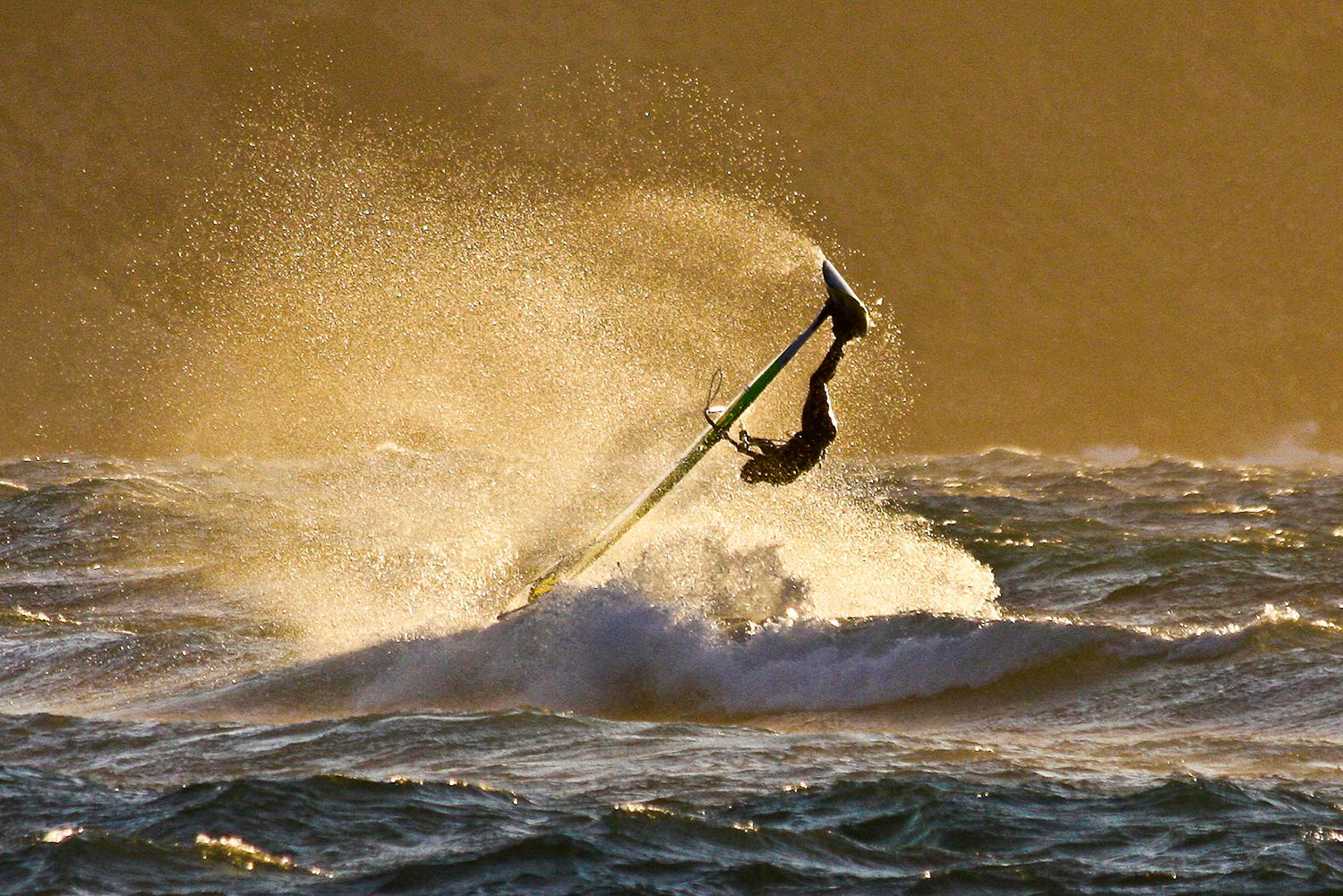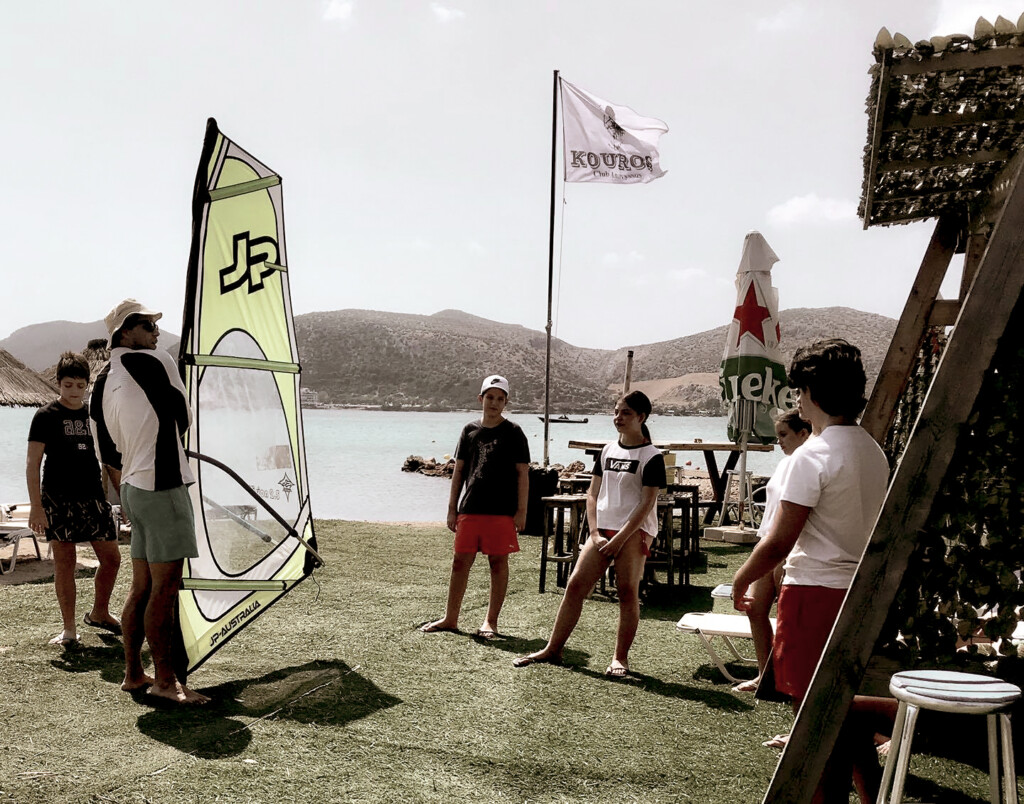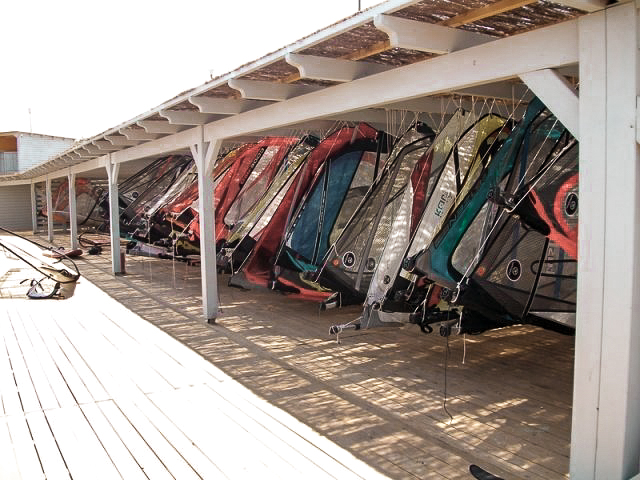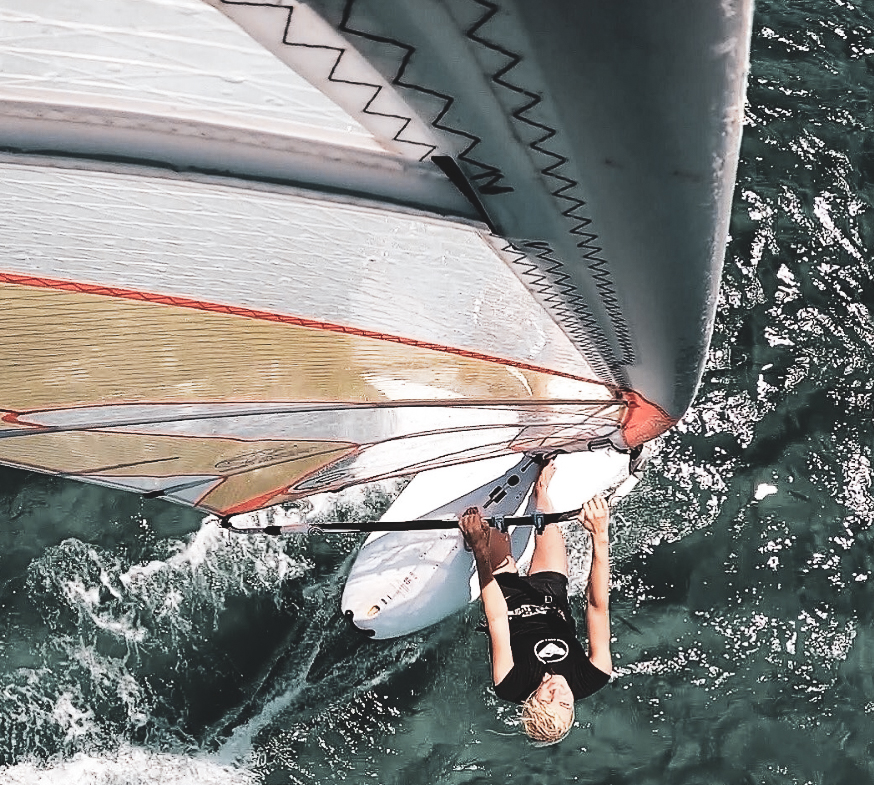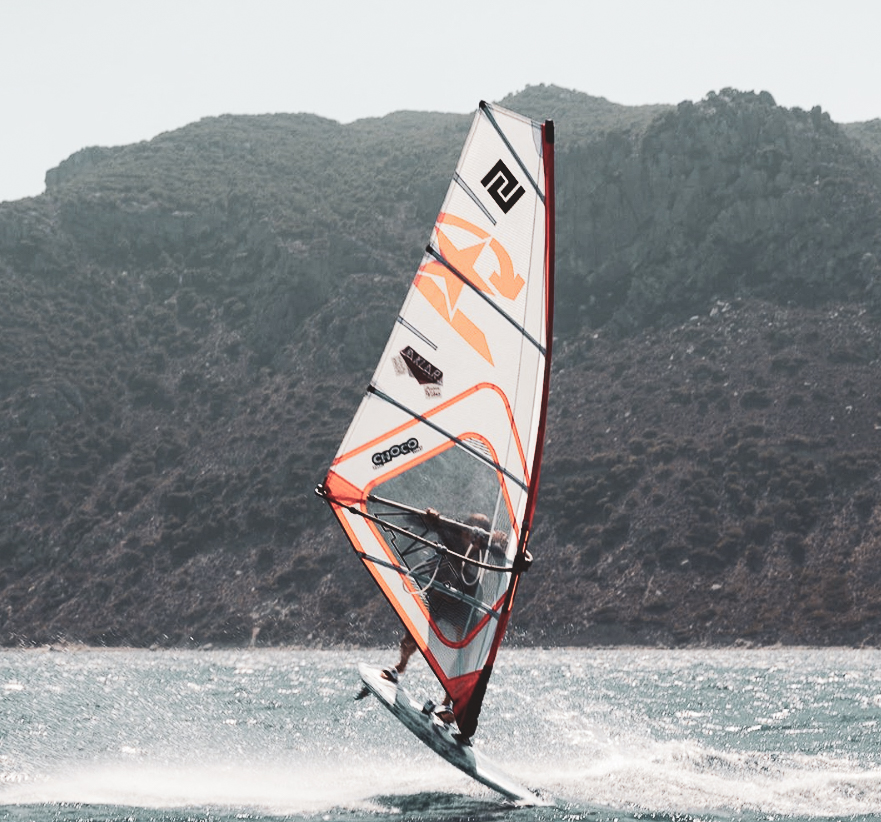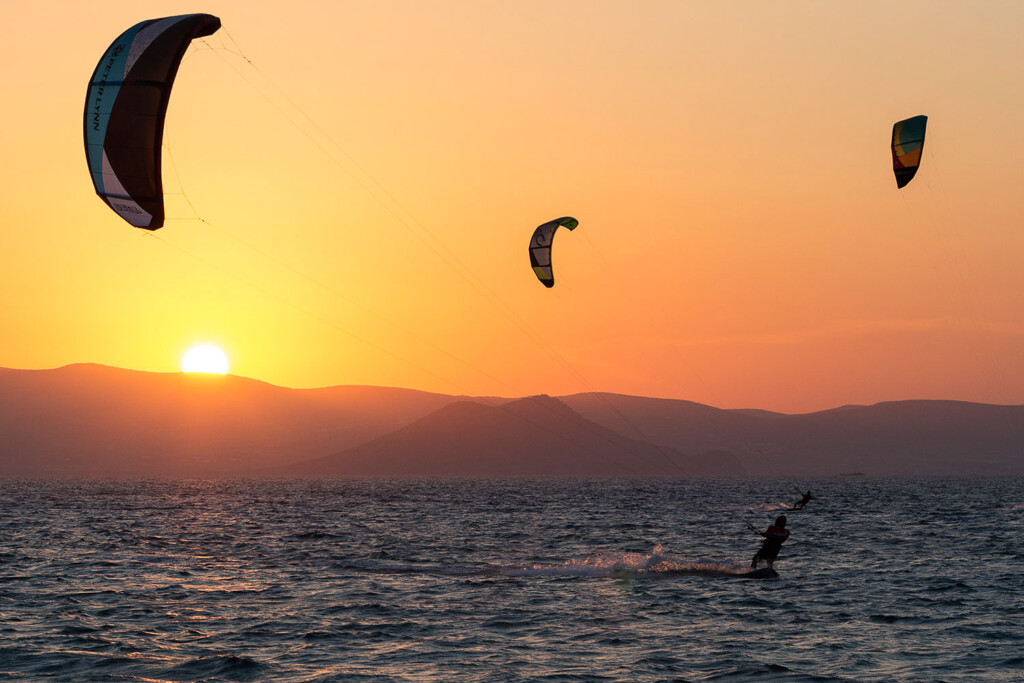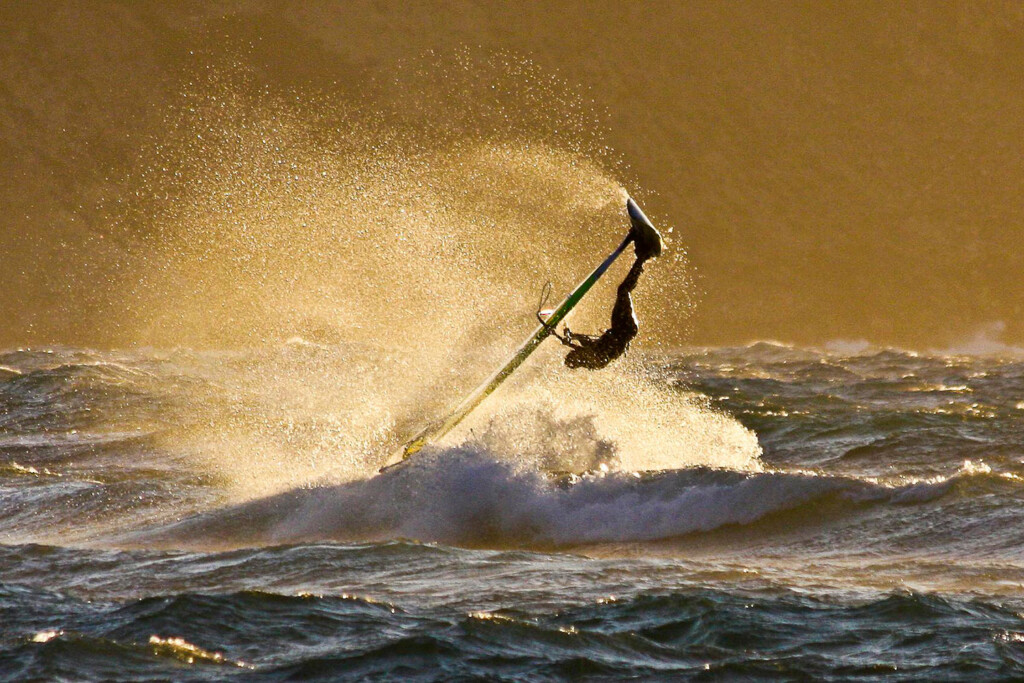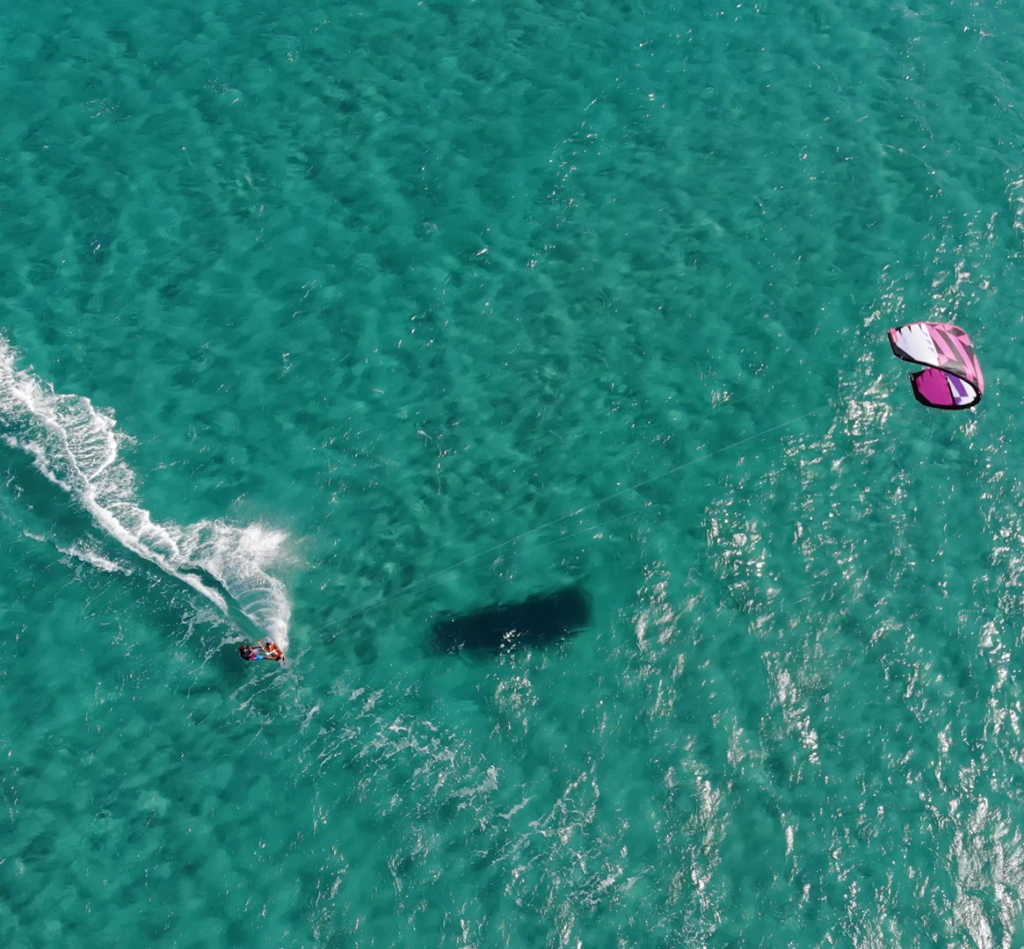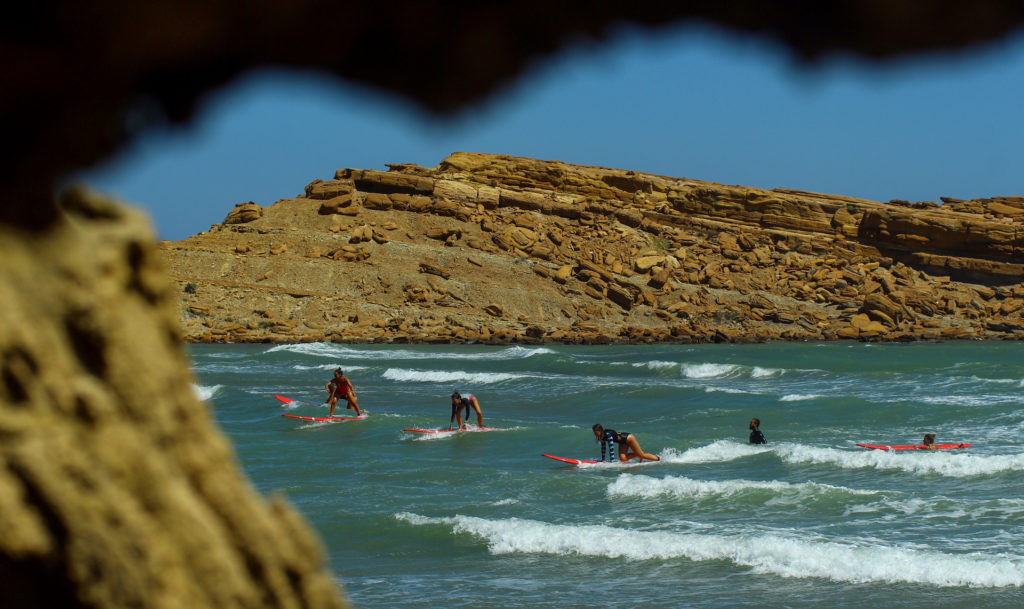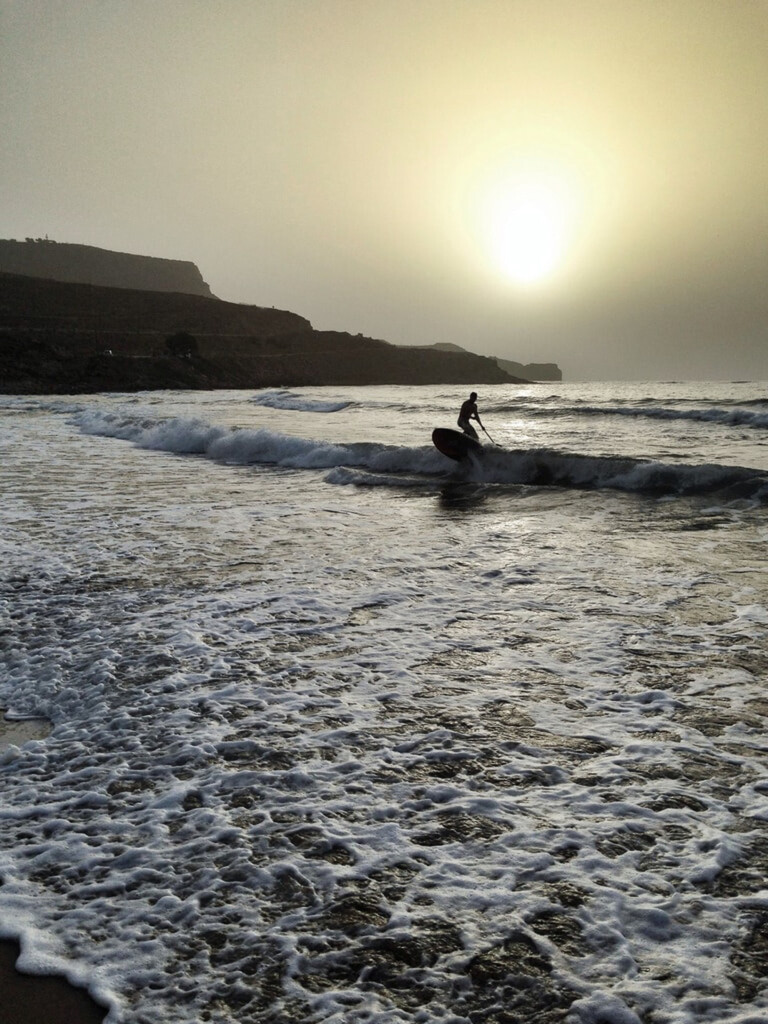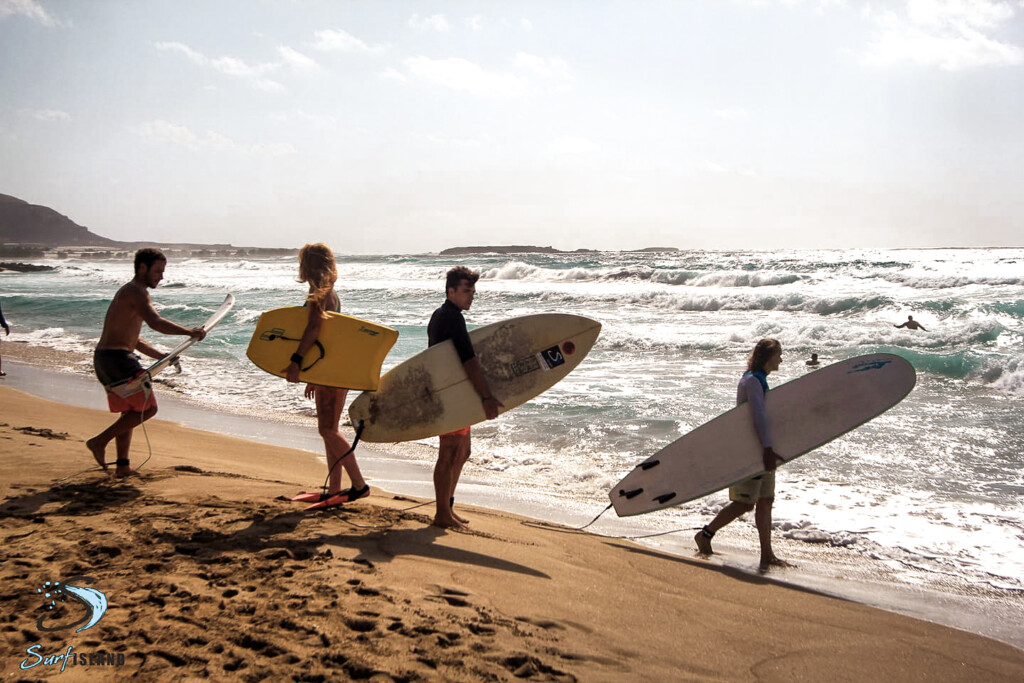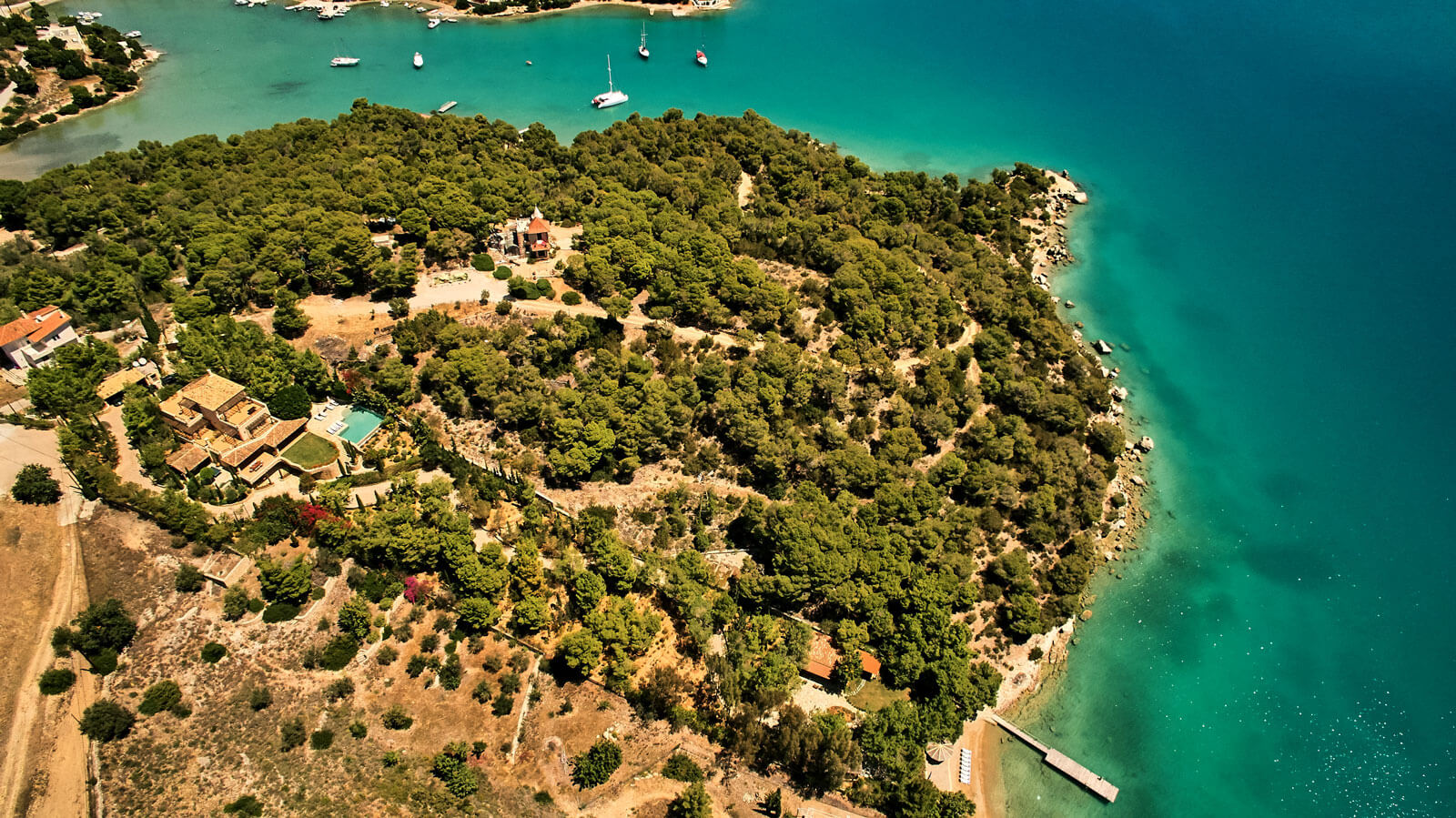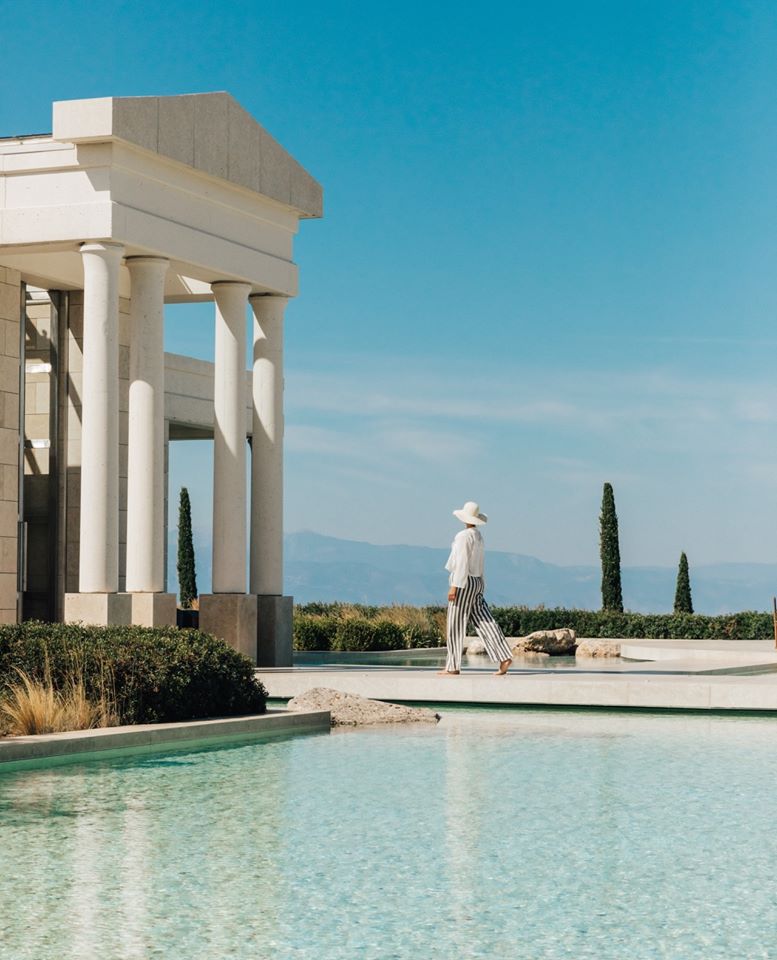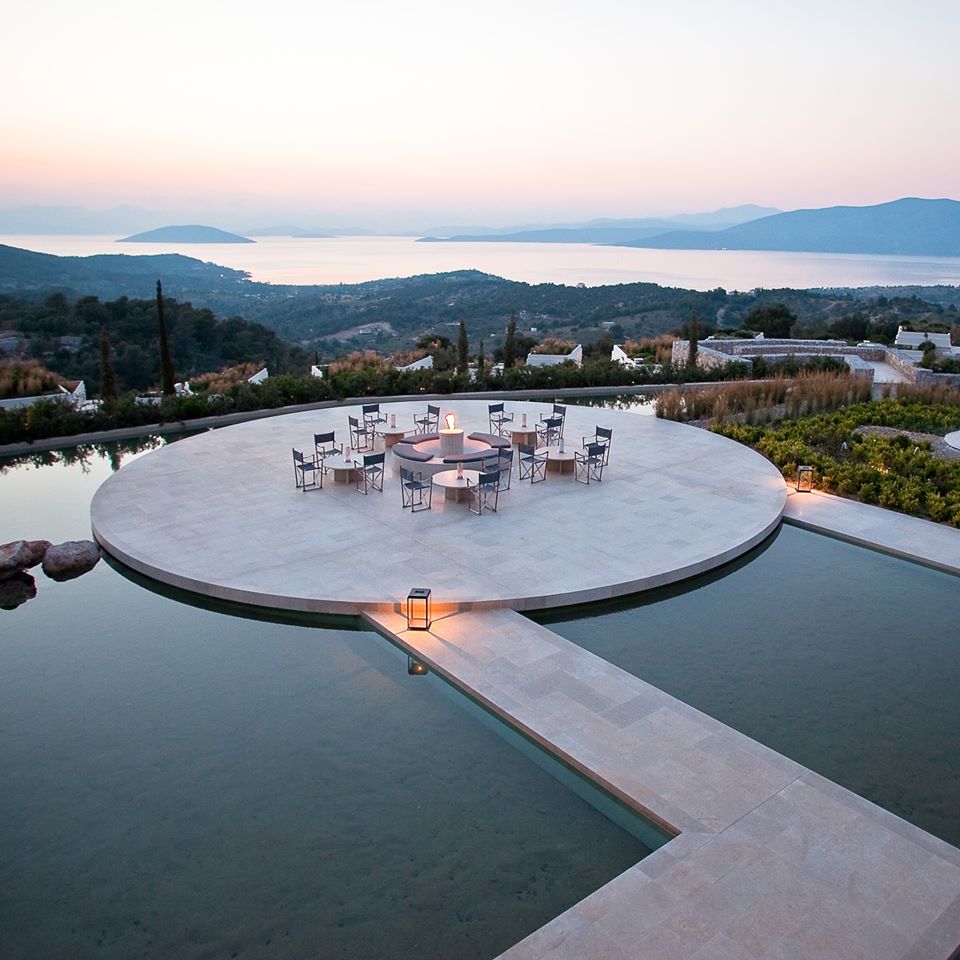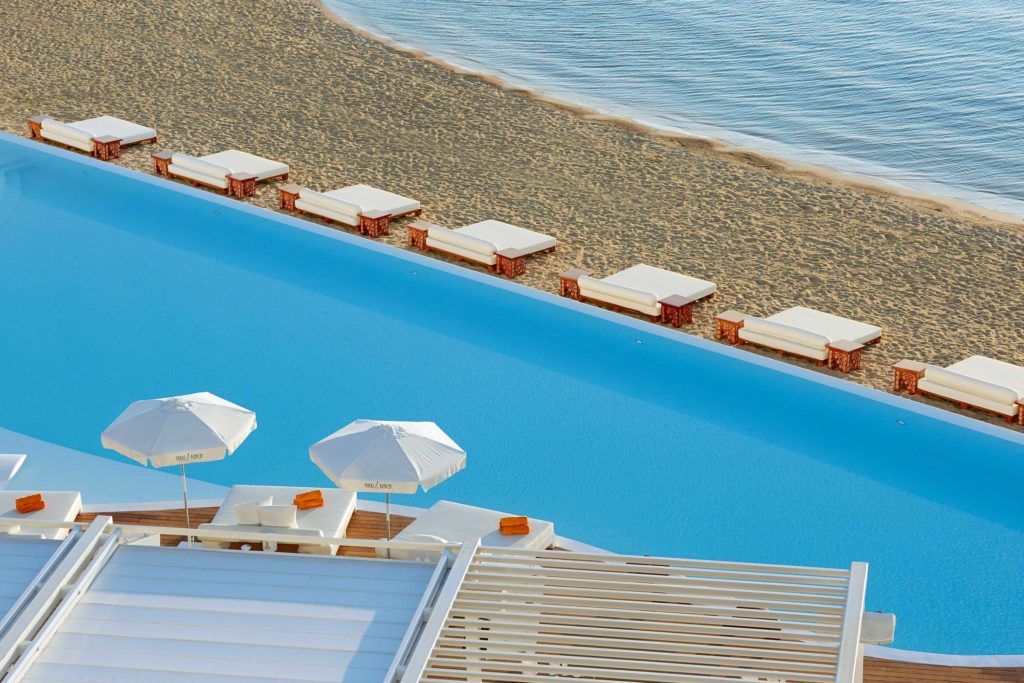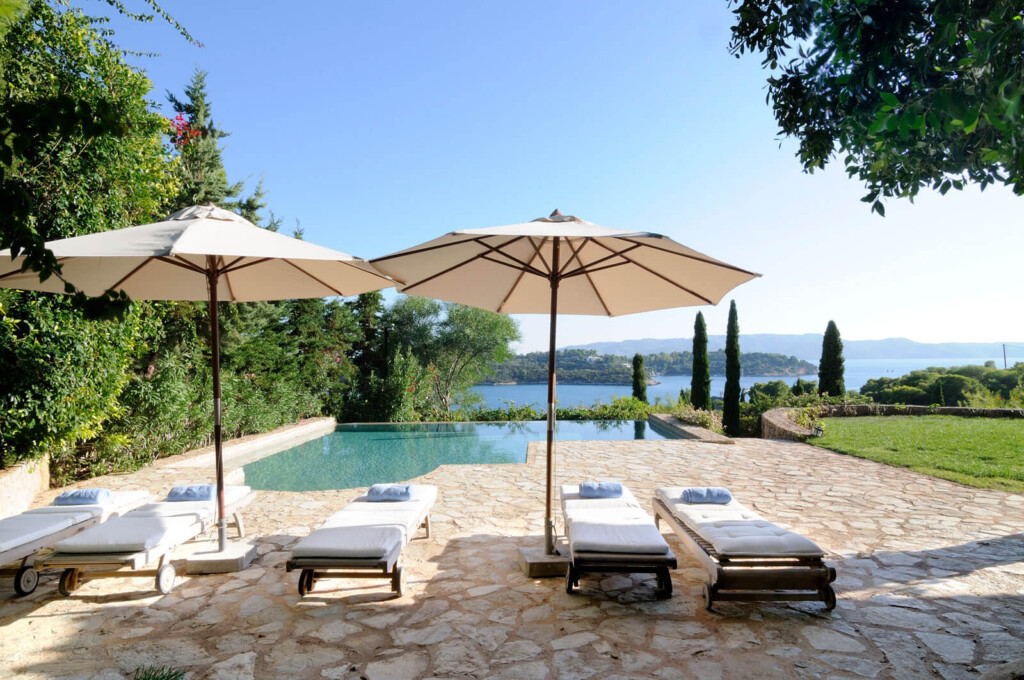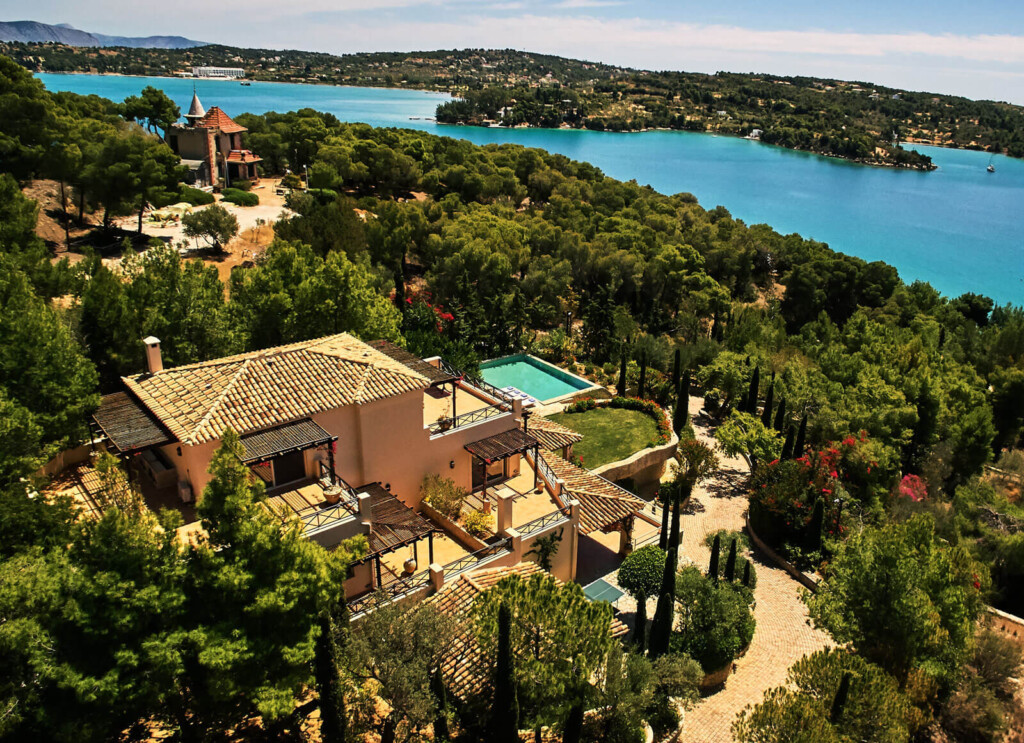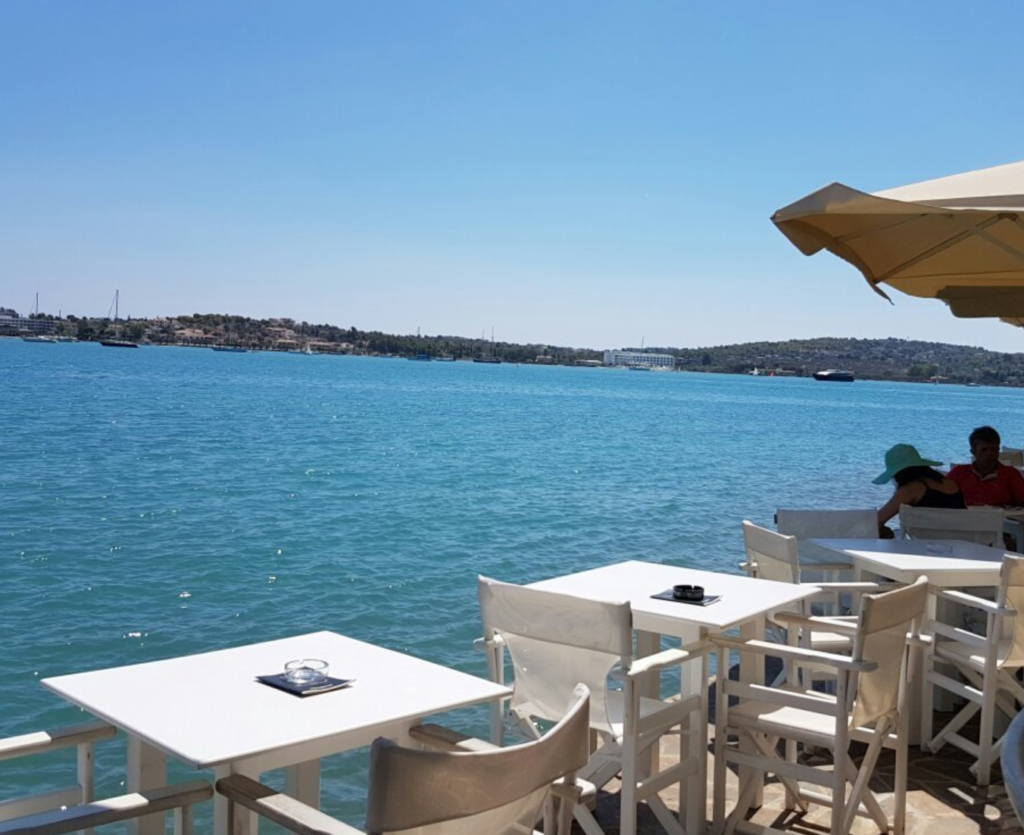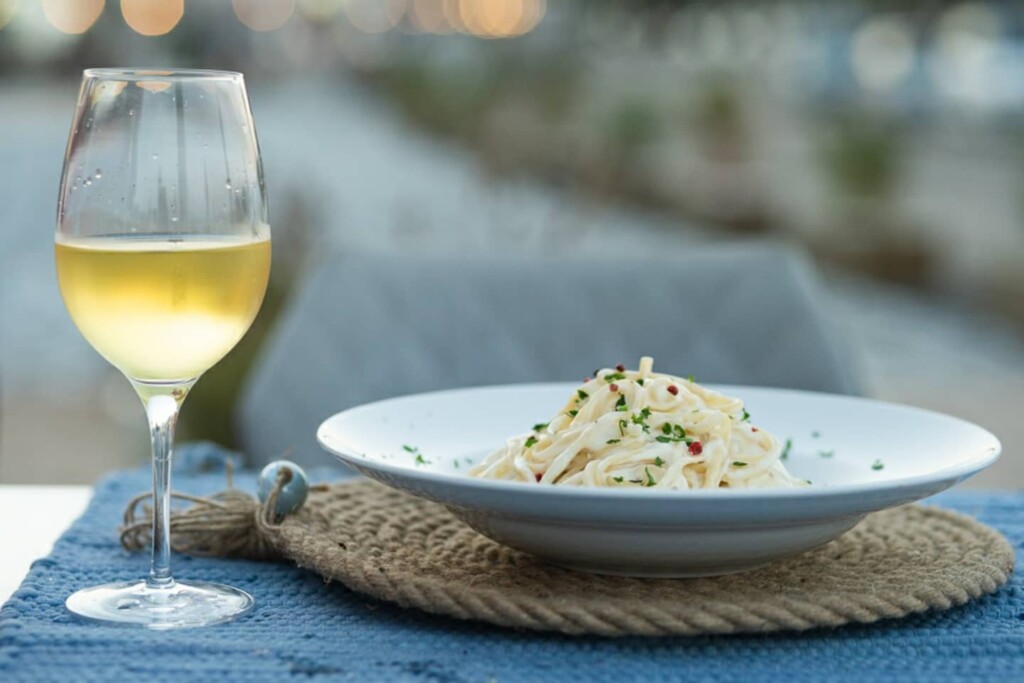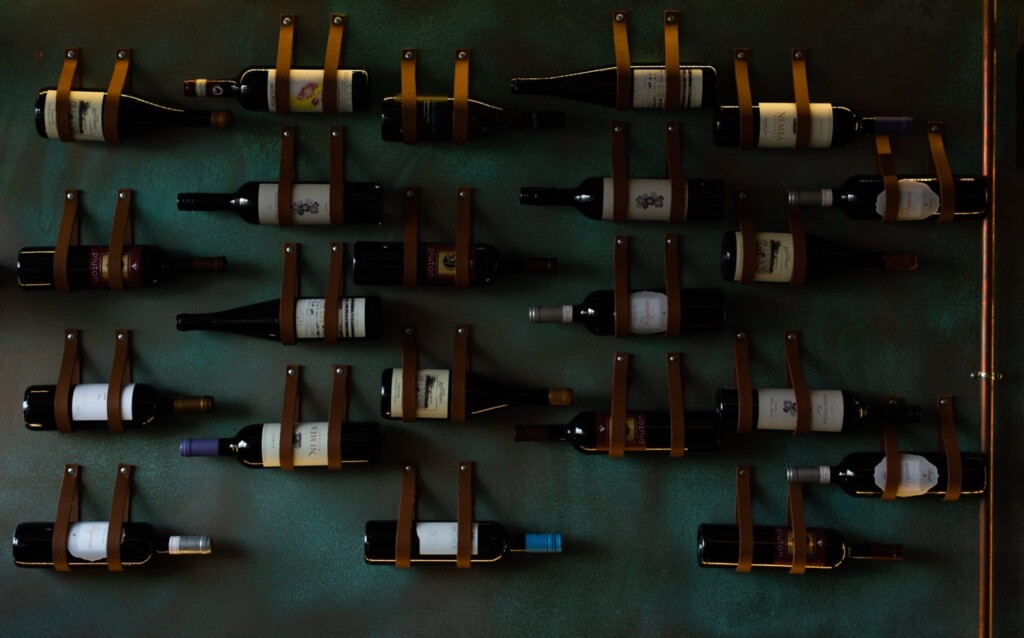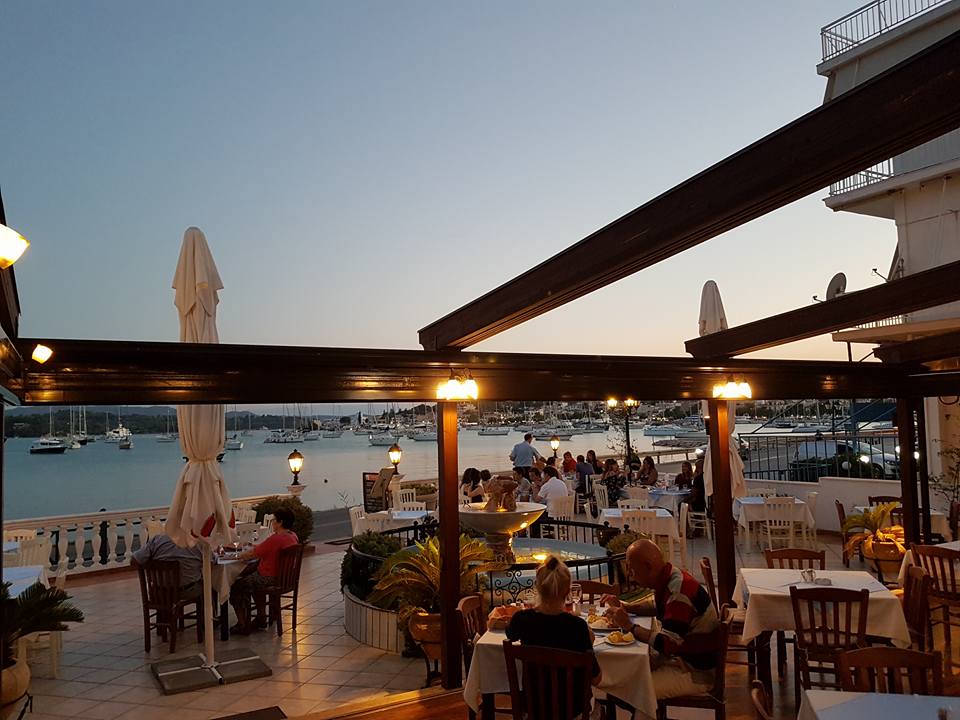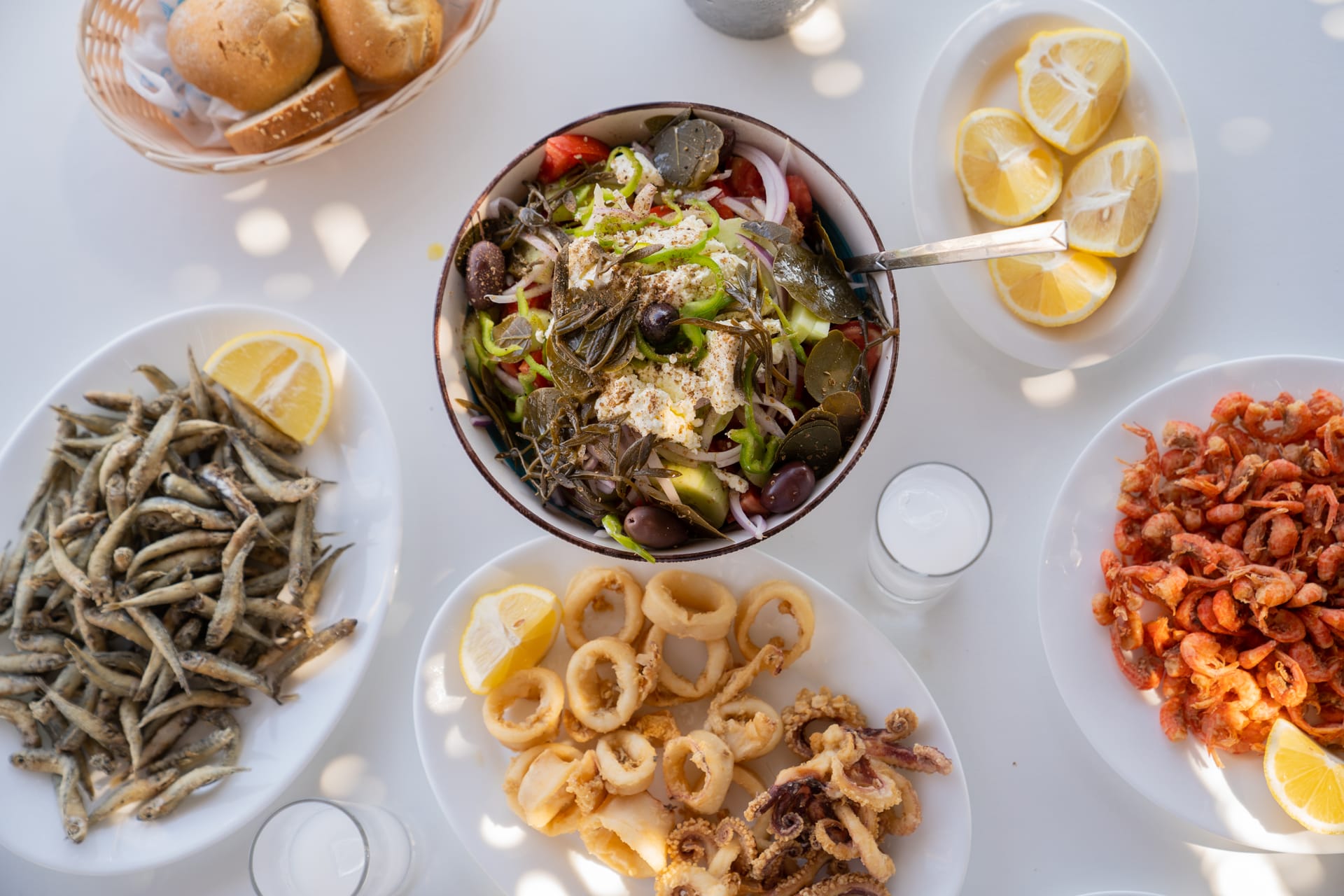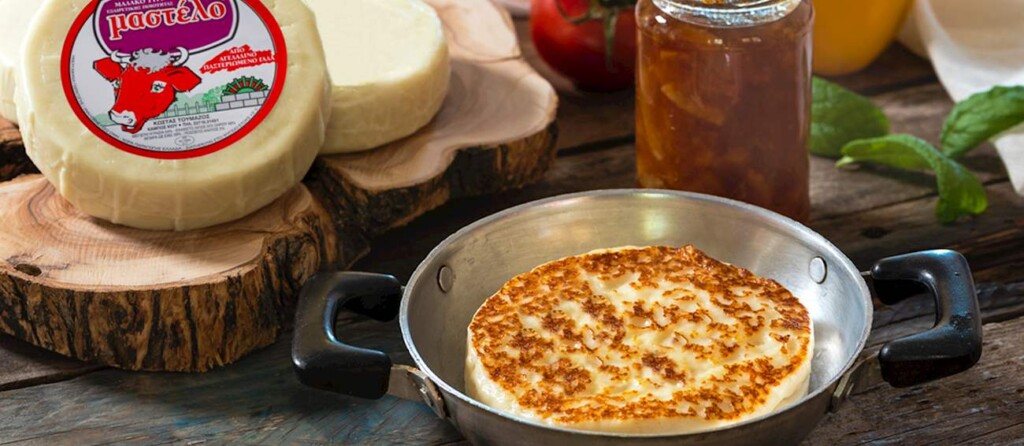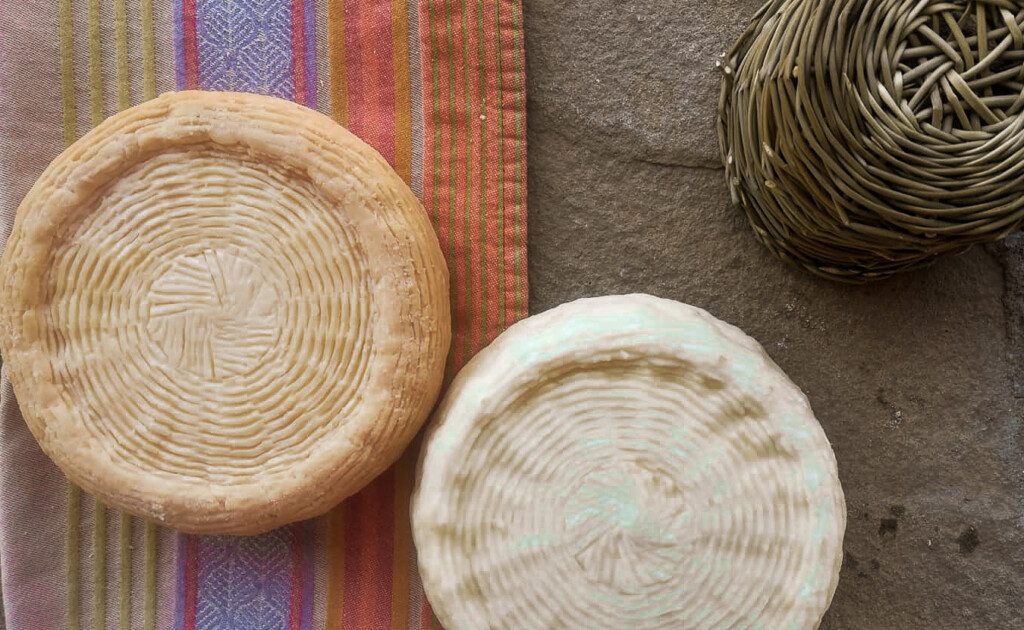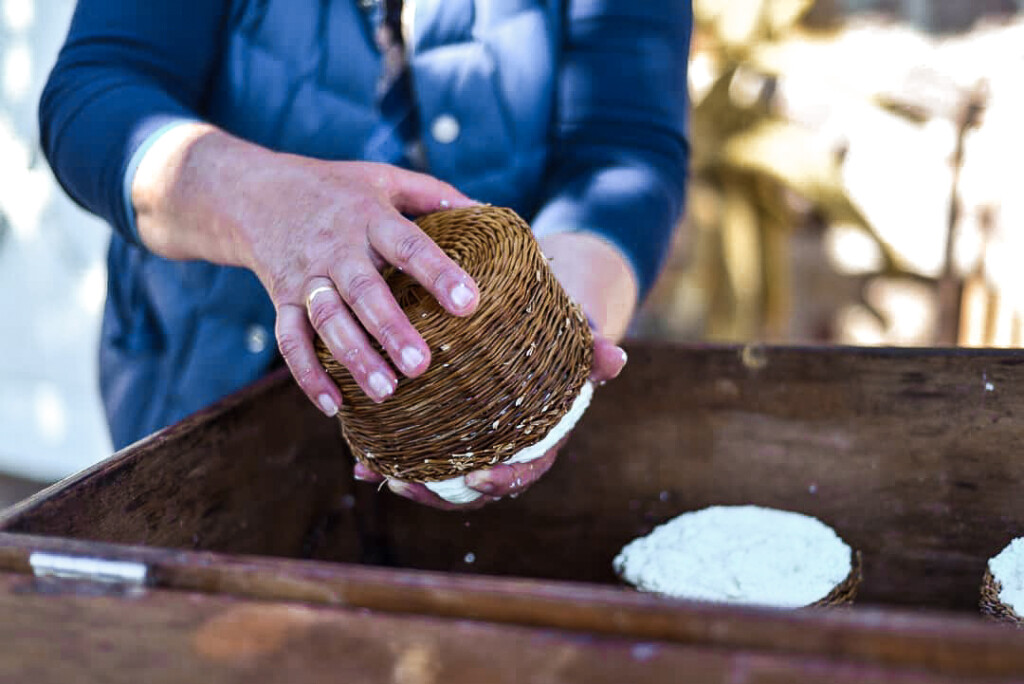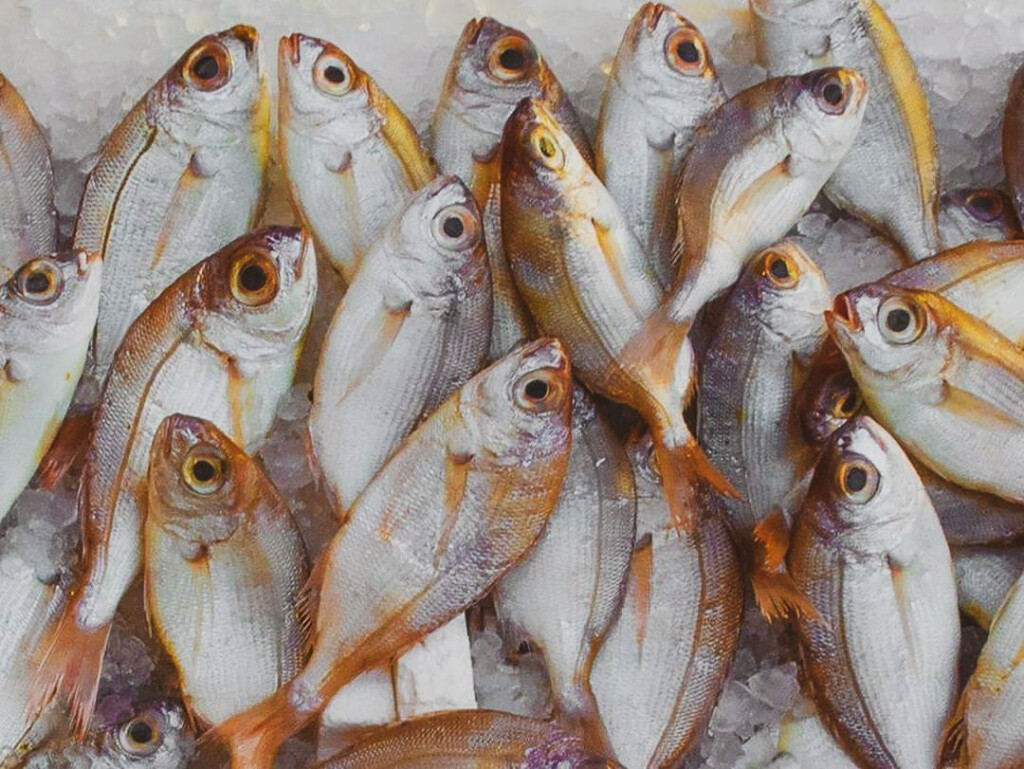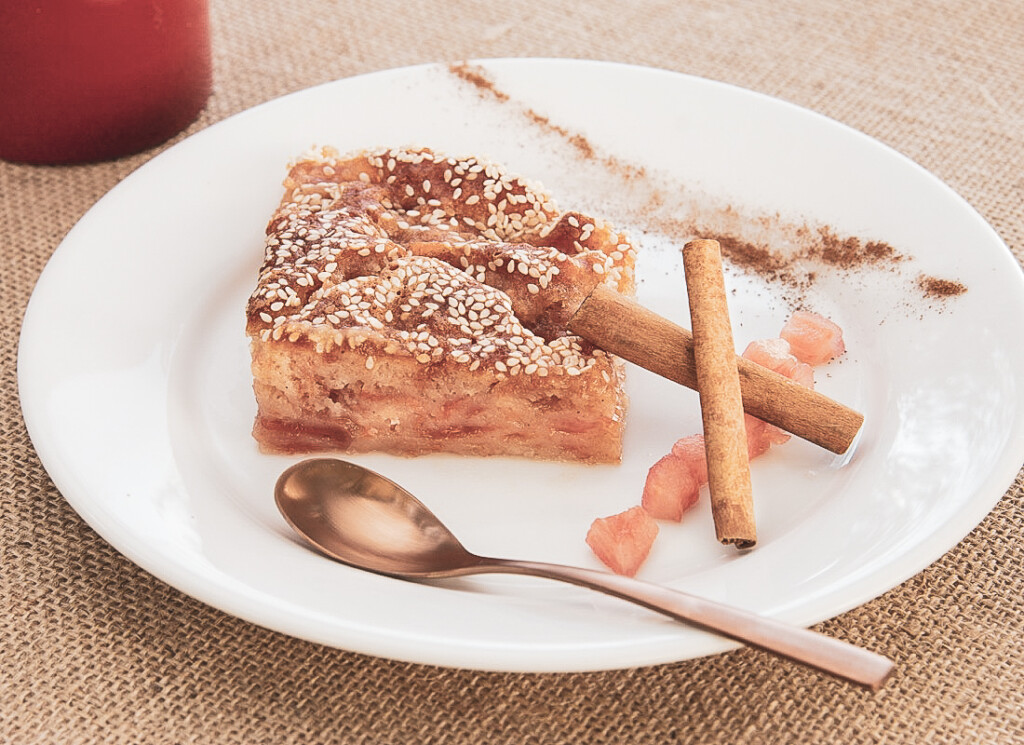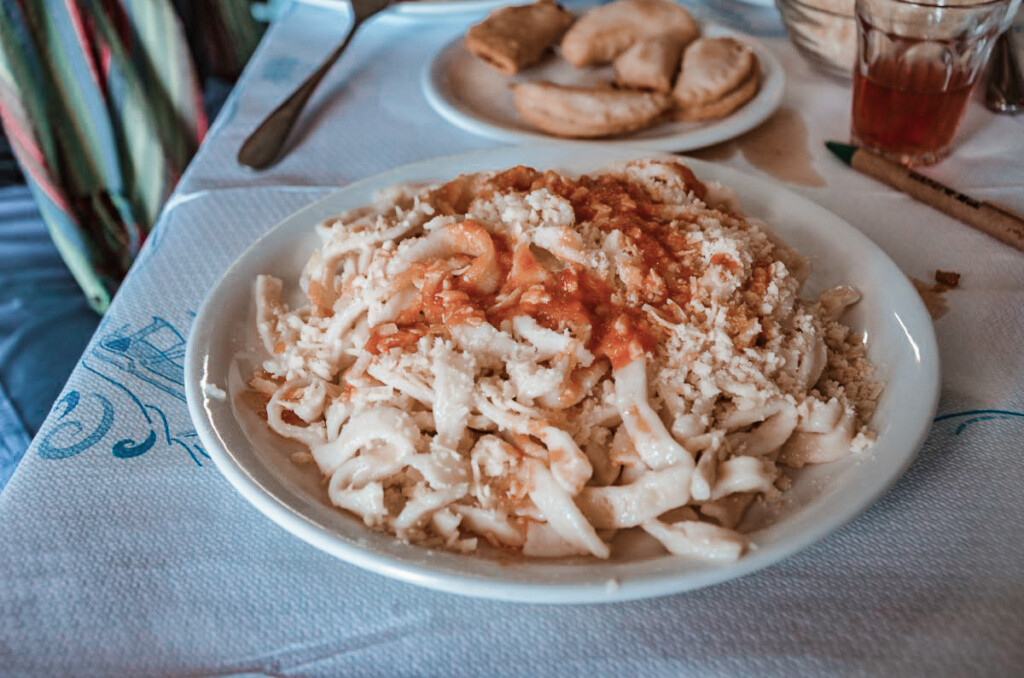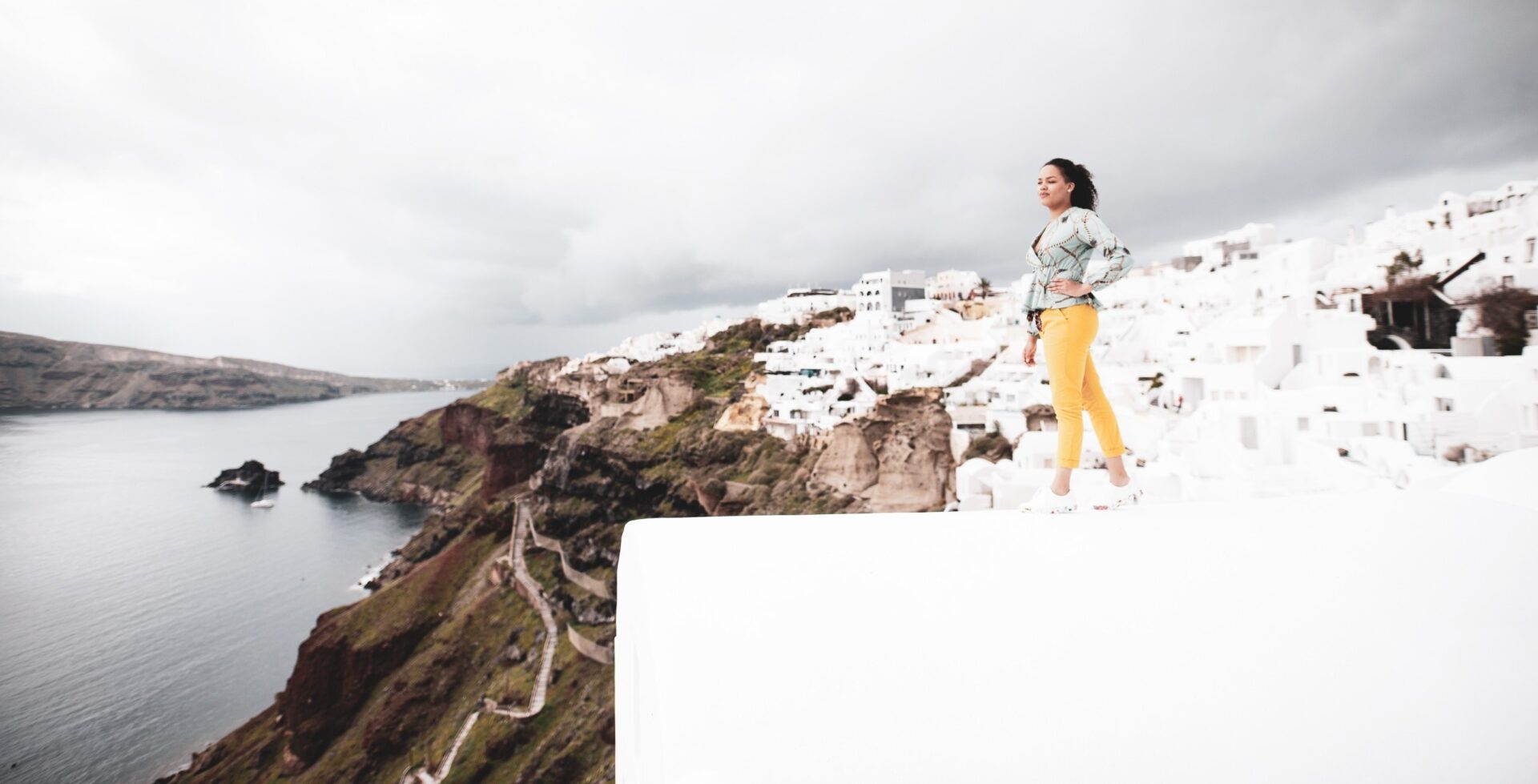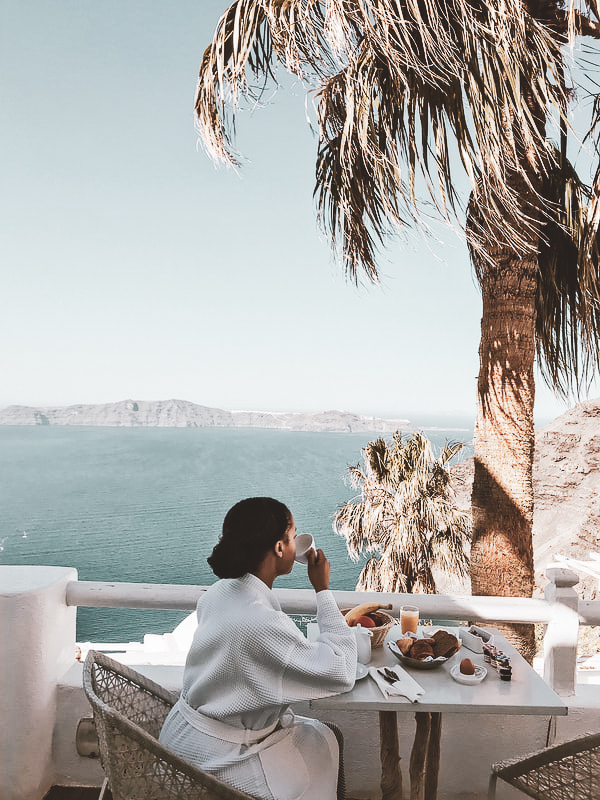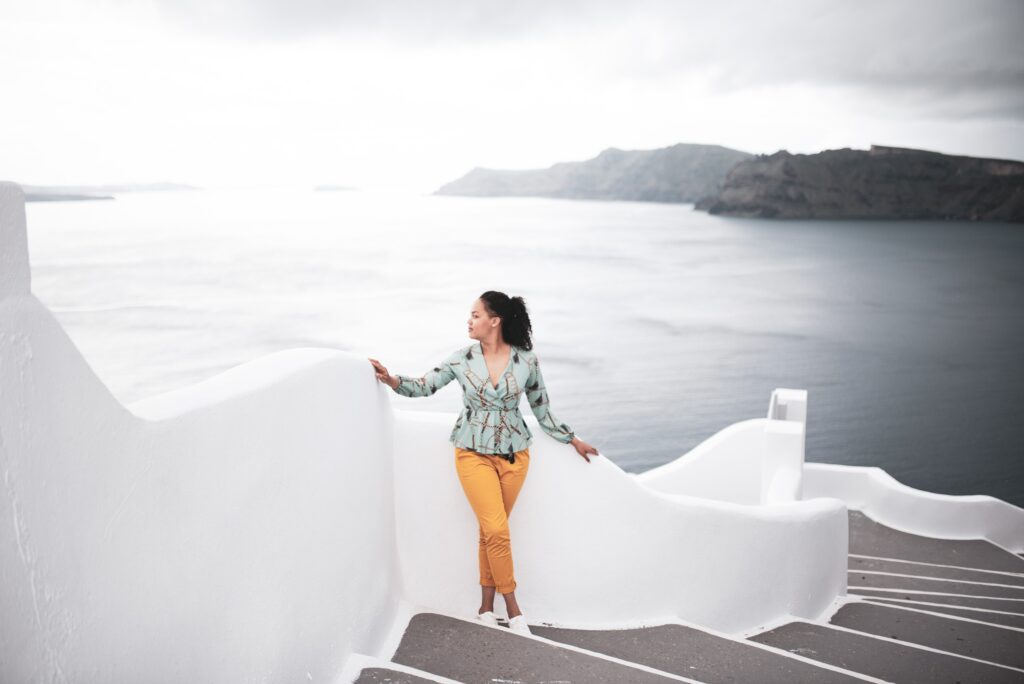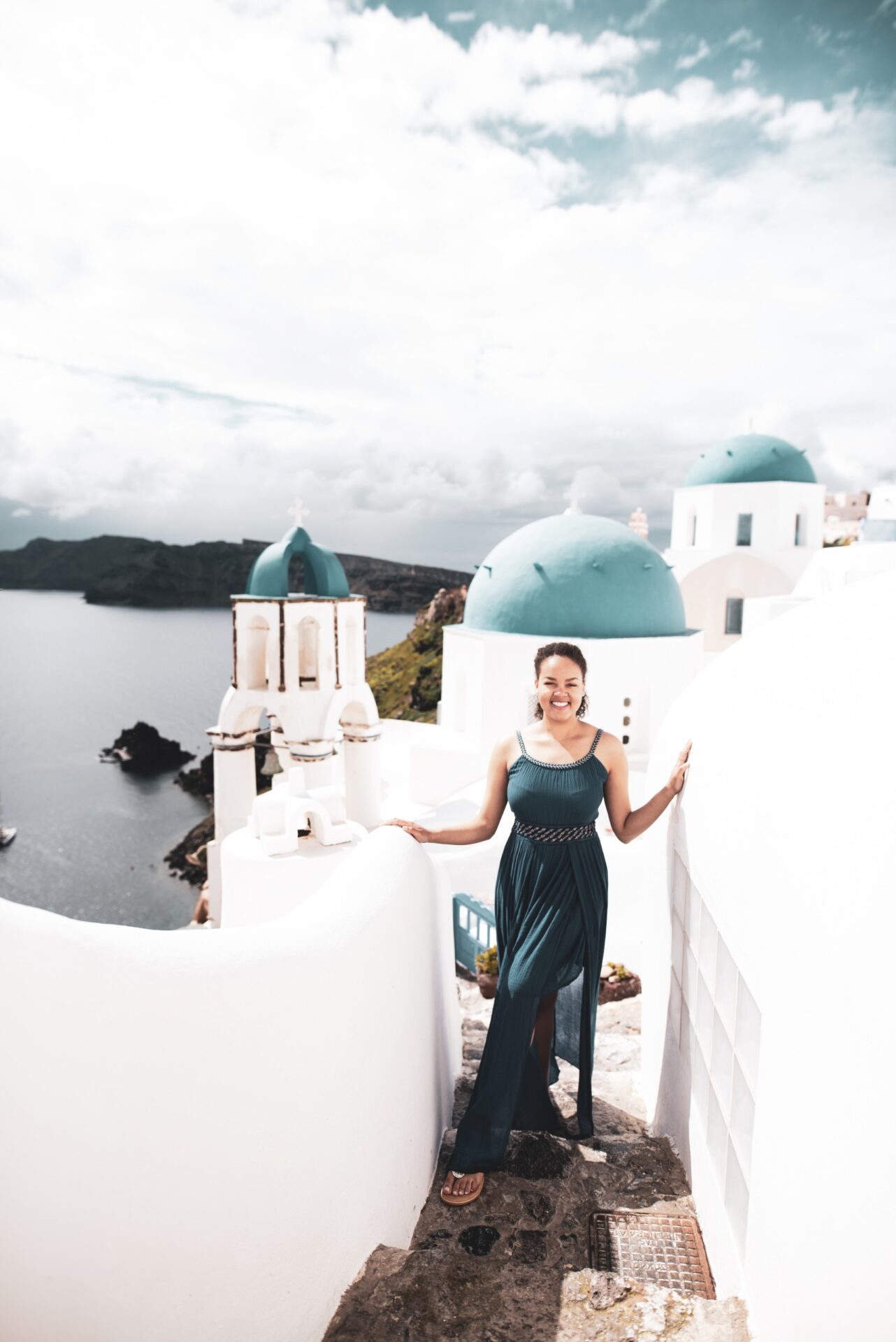I suggest you take a few days out of your trip to Greece and visit Thessaloniki, the second-largest city in the country that will most certainly impress you with its beauty and distinct identity!
By Maria Athanasopoulou
Also called the co-capital, this beautiful destination is bathed by the Thermaikos Bay. It has a long and interesting history, which is evident through its rich monuments.
Thessaloniki’s geographical position has made it a place many nationalities have called home and even though it has a multicultural soul, Thessaloniki has maintained a strong Greek identity. It’s known as the Greeks’ favourite city and considered to be a place of love, fun, and tasty food!
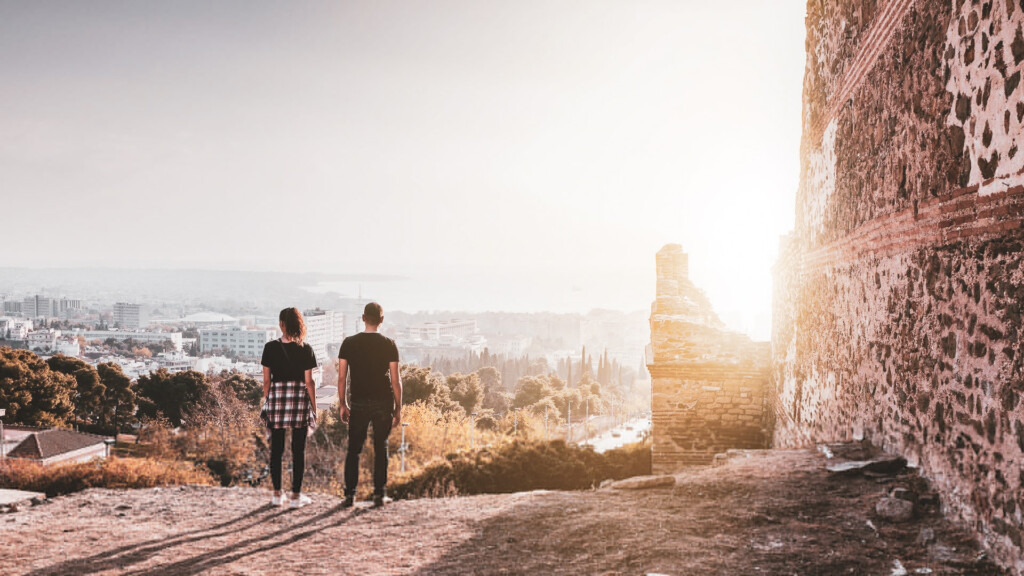
Some well known spots include the White Tower (a landmark), the Arch of Galerius, the Castle Wall Remains, the Rotonda, the Roman Forum, many Byzantine churches, and other holy sites.
One of the most beautiful corners is Aristotelous Square, which is where locals and visitors enjoy taking a stroll. The city is embraced by the Gulf of Thermaikos and the harbor serves as the gateway to maritime transport- one of the most stunning corners in town.
It would be an unforgivable mistake not to mention the local cuisine. Greek and foreign visitors agree that Thessaloniki is the queen of Greek gastronomy- with magnificent local dishes and delicacies. The food options offered here are endless and perfect for all budgets. The town is flooded with good restaurants and all you need to do is walk around and discover eatery after eatery- you will be spoilt for choice!
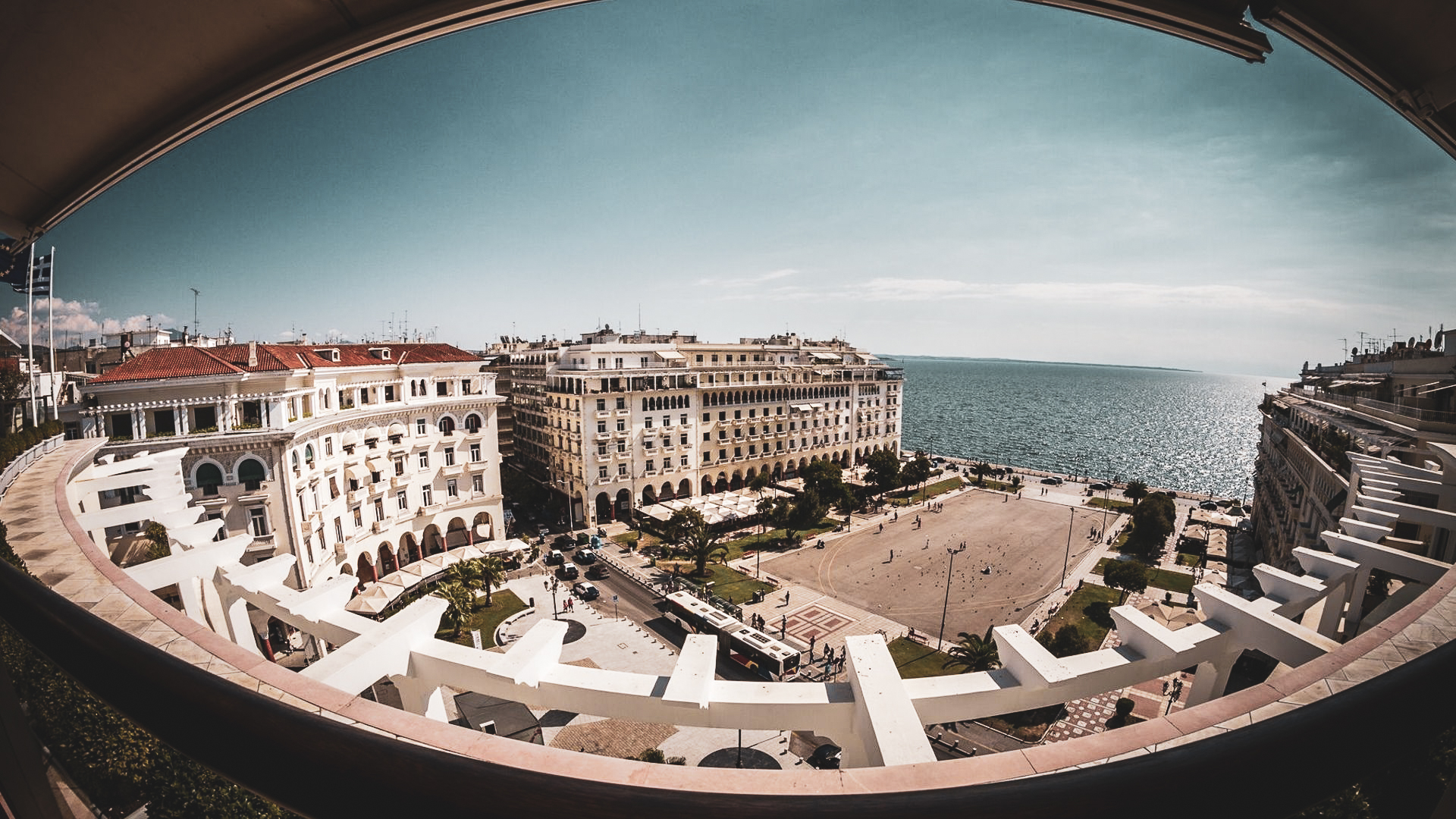
Those with a sweet tooth won’t be disappointed by local desserts; especially the famous Bougatsa, which you will find in every bakery. All this great variety of local cuisine has given Thessaloniki the title “Gourmand city of Greece,” which locals are proud to carry and share with every single visitor.
Maria Athanasopoulou is the founder of the tourism marketing company Respond On-Demand, co-founder of the non-profit company Top Tourism, Chairwoman of the World Food Travel Association, Ambassador in Greece of Evintra and Ambassador in Greece and Cyprus of World Gourmet Society. She likes exploring new places and cultures and loves discovering unexplored tourism destinations. During her trips, she does her best to find out and present the most interesting aspects of the destination she has just visited.

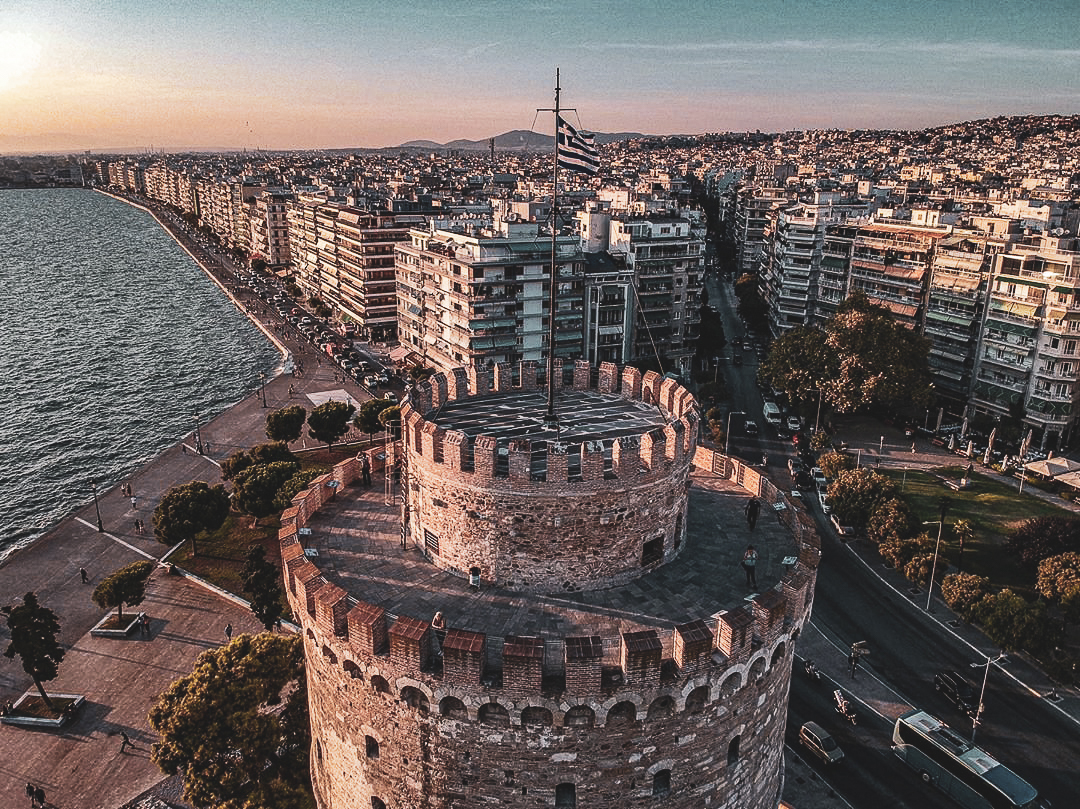

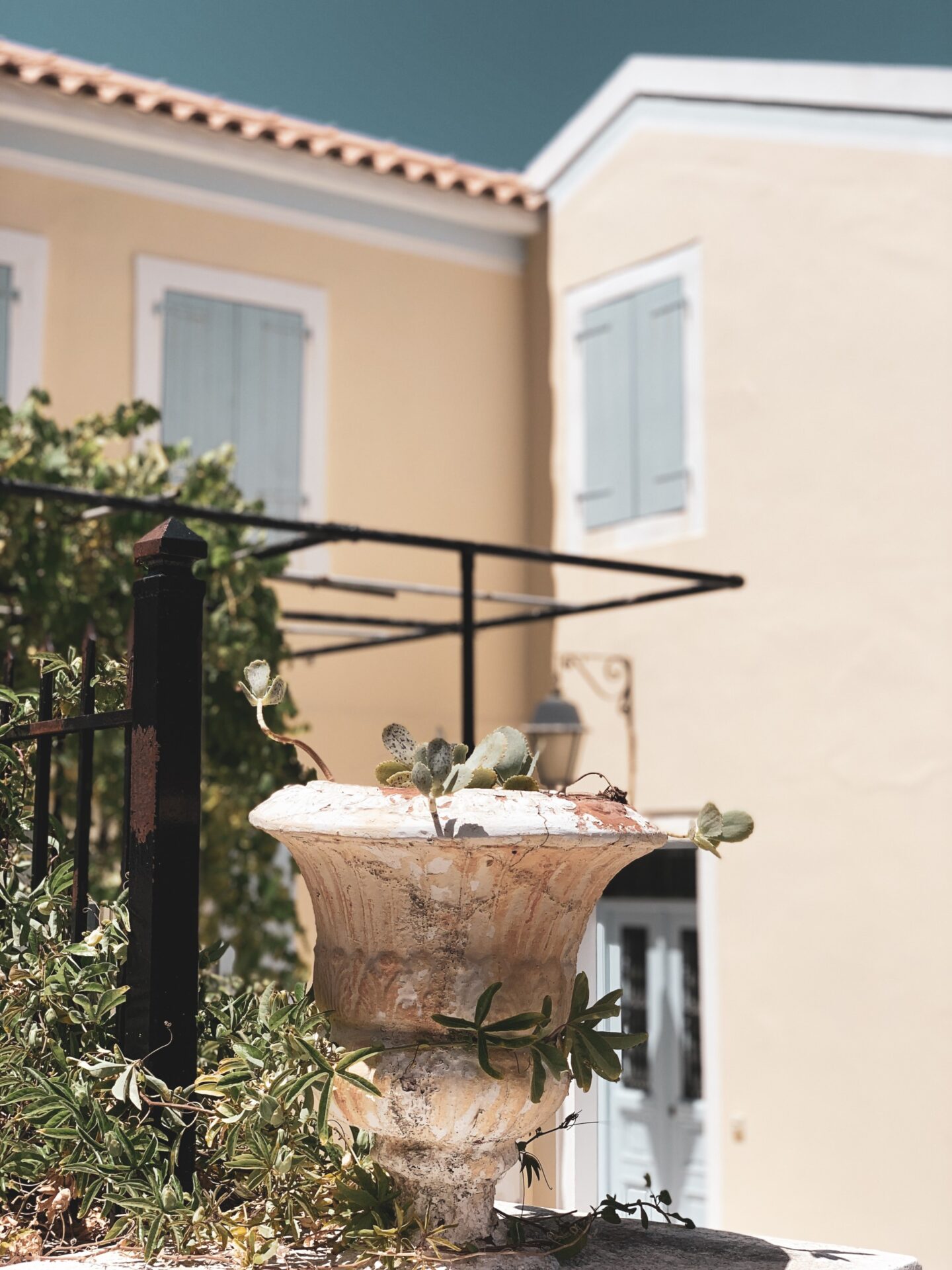
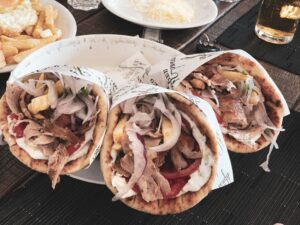
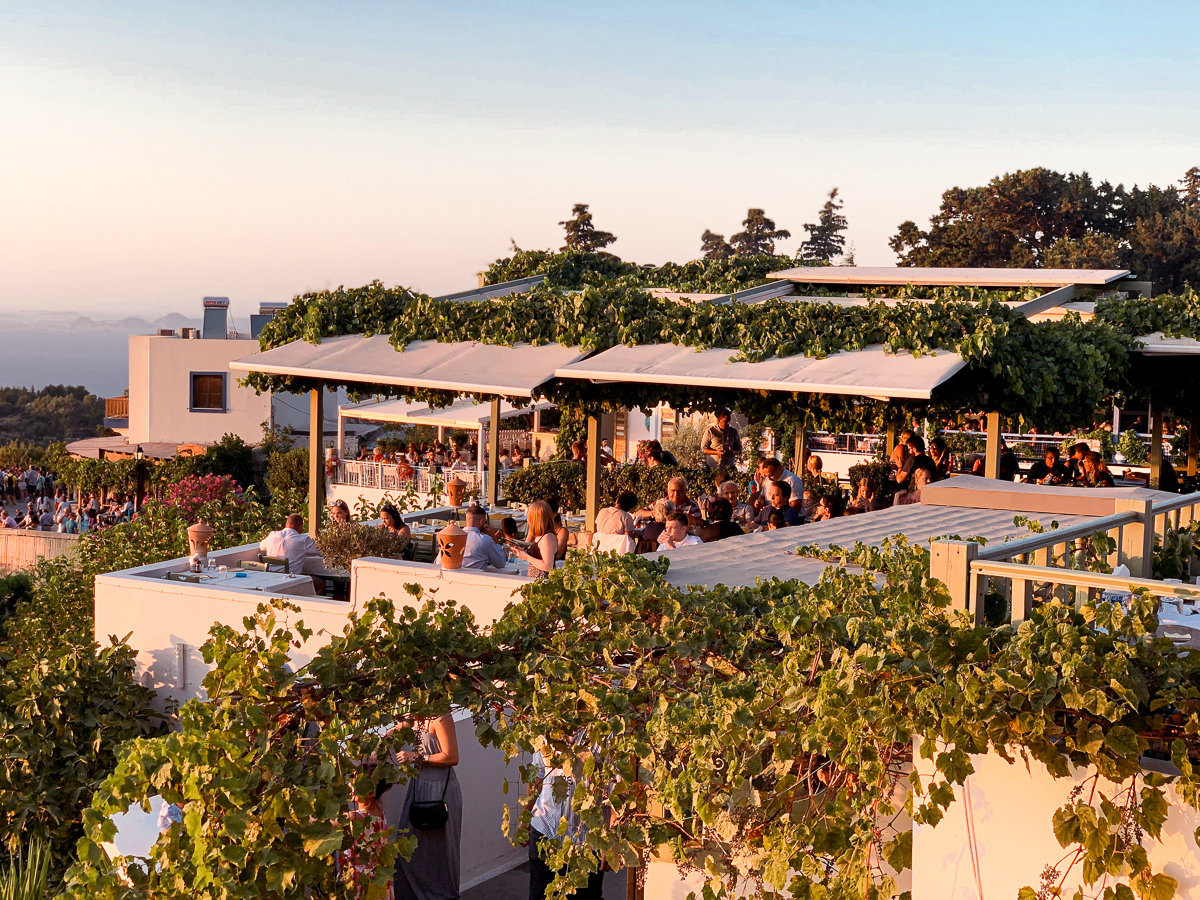
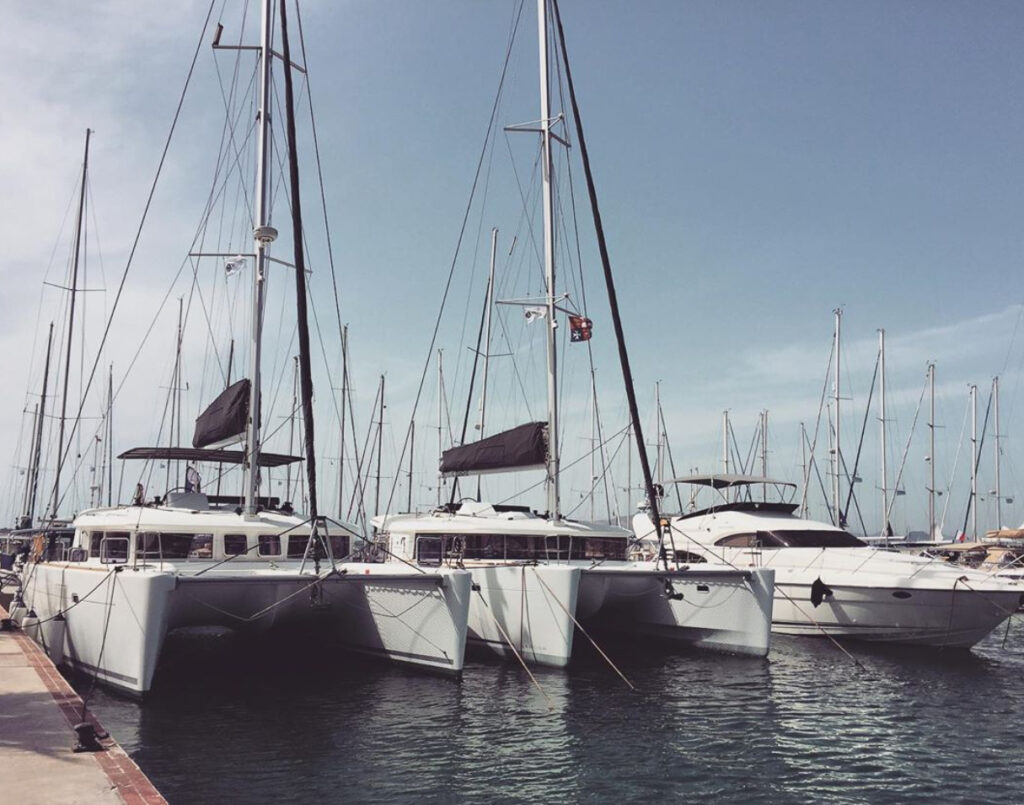
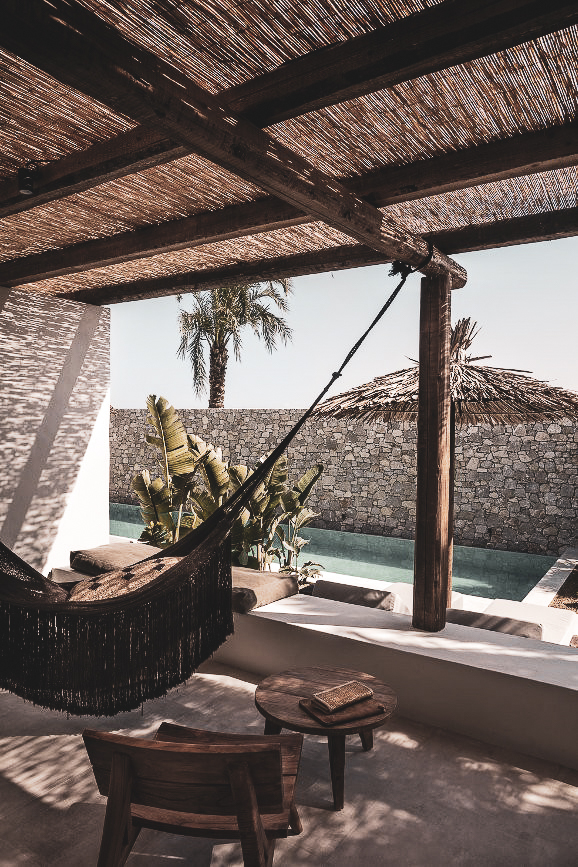
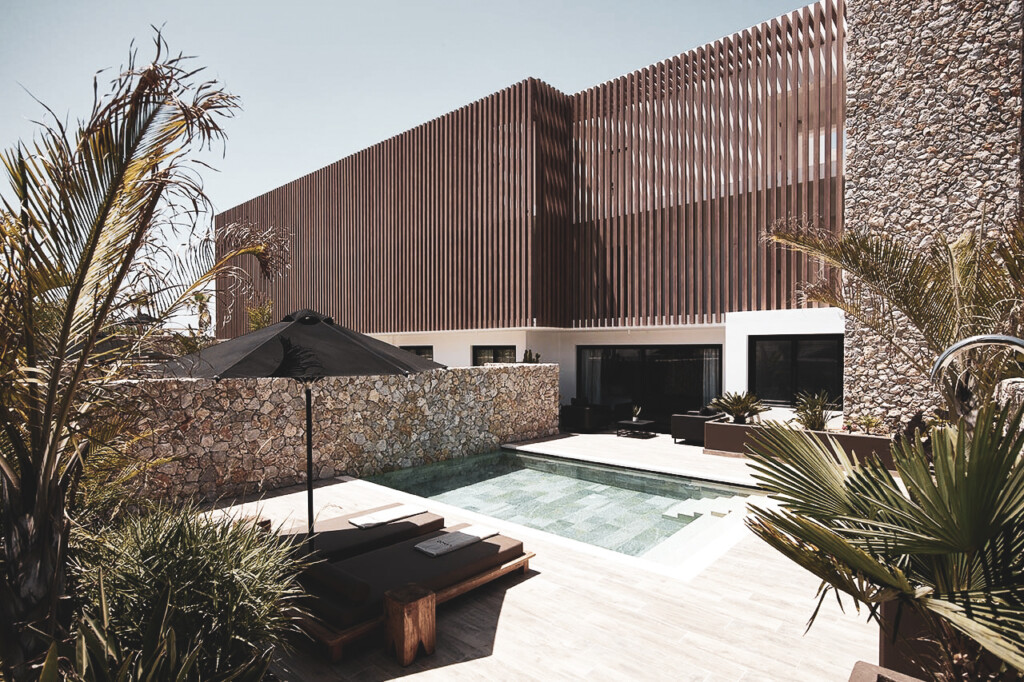
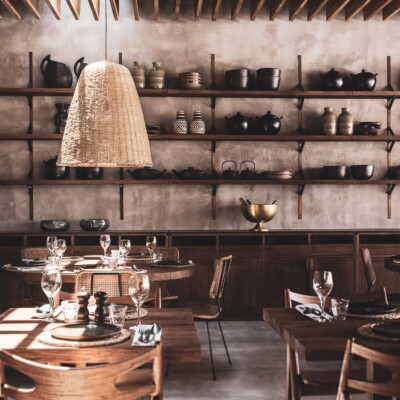
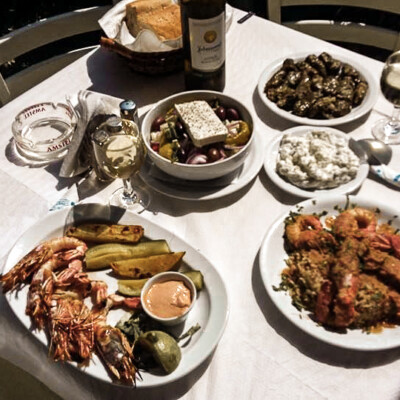
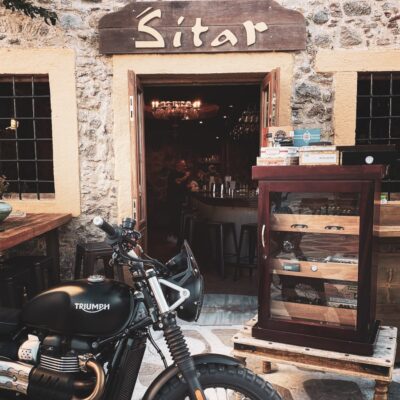
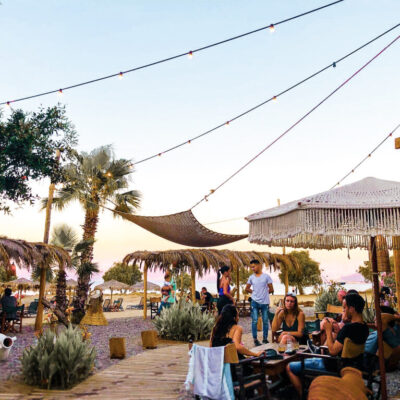
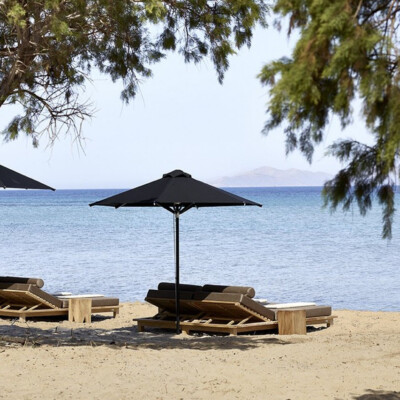
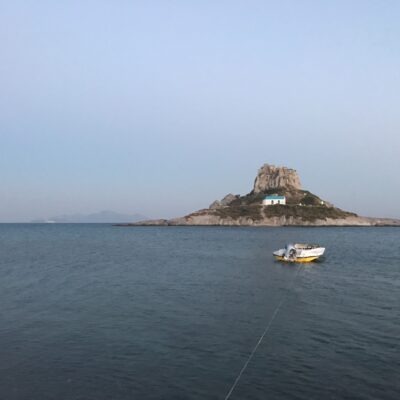
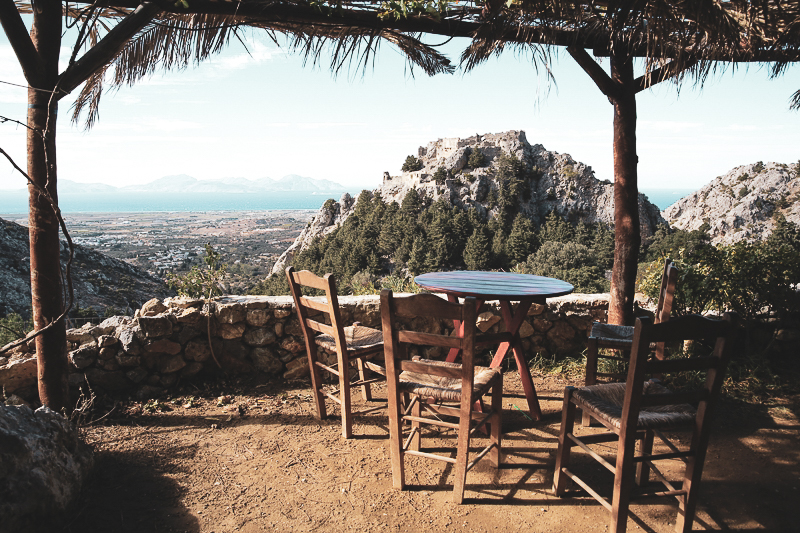
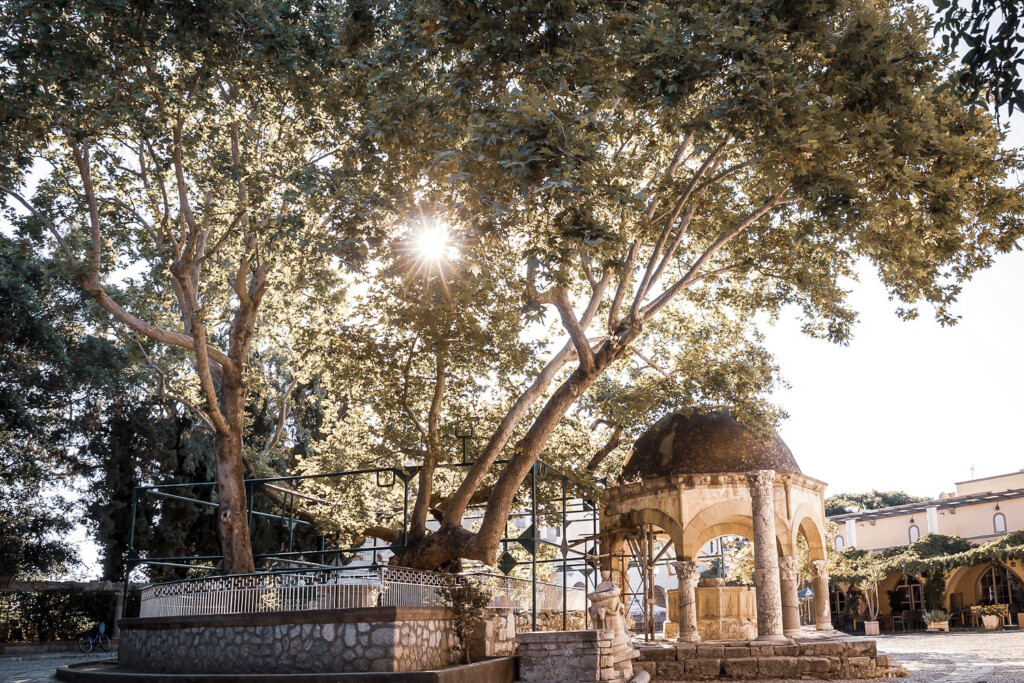
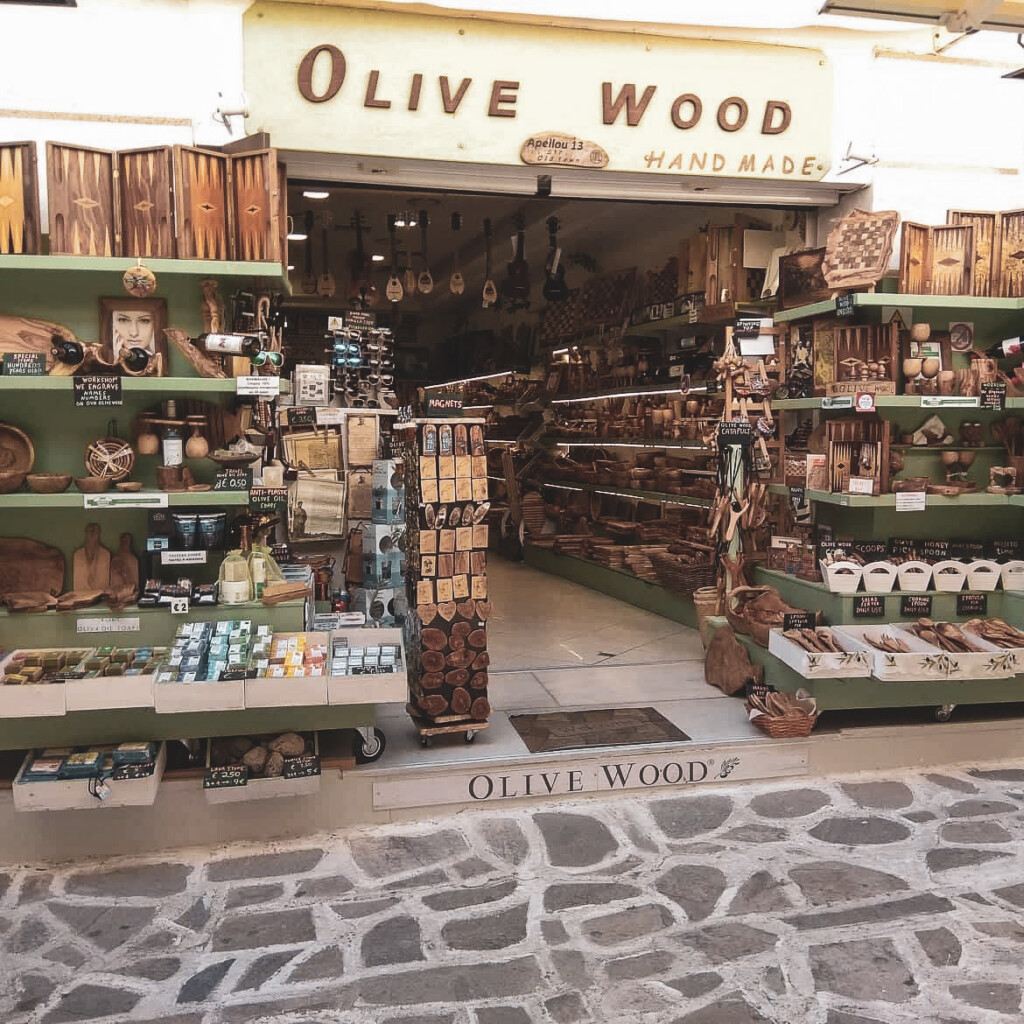
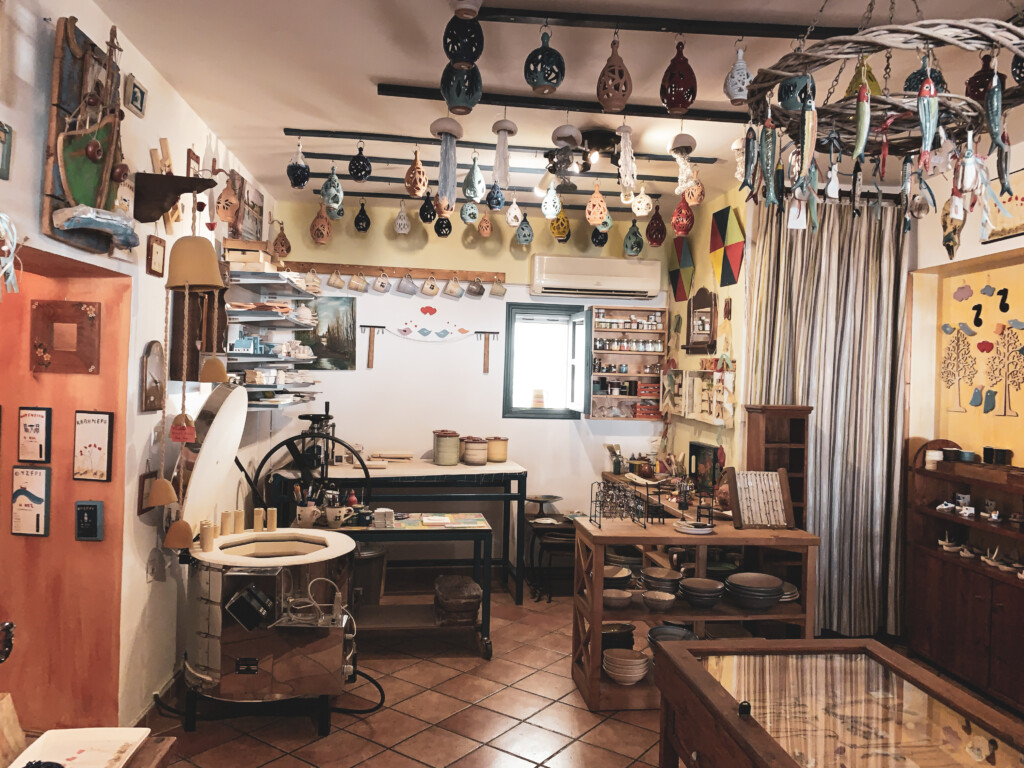
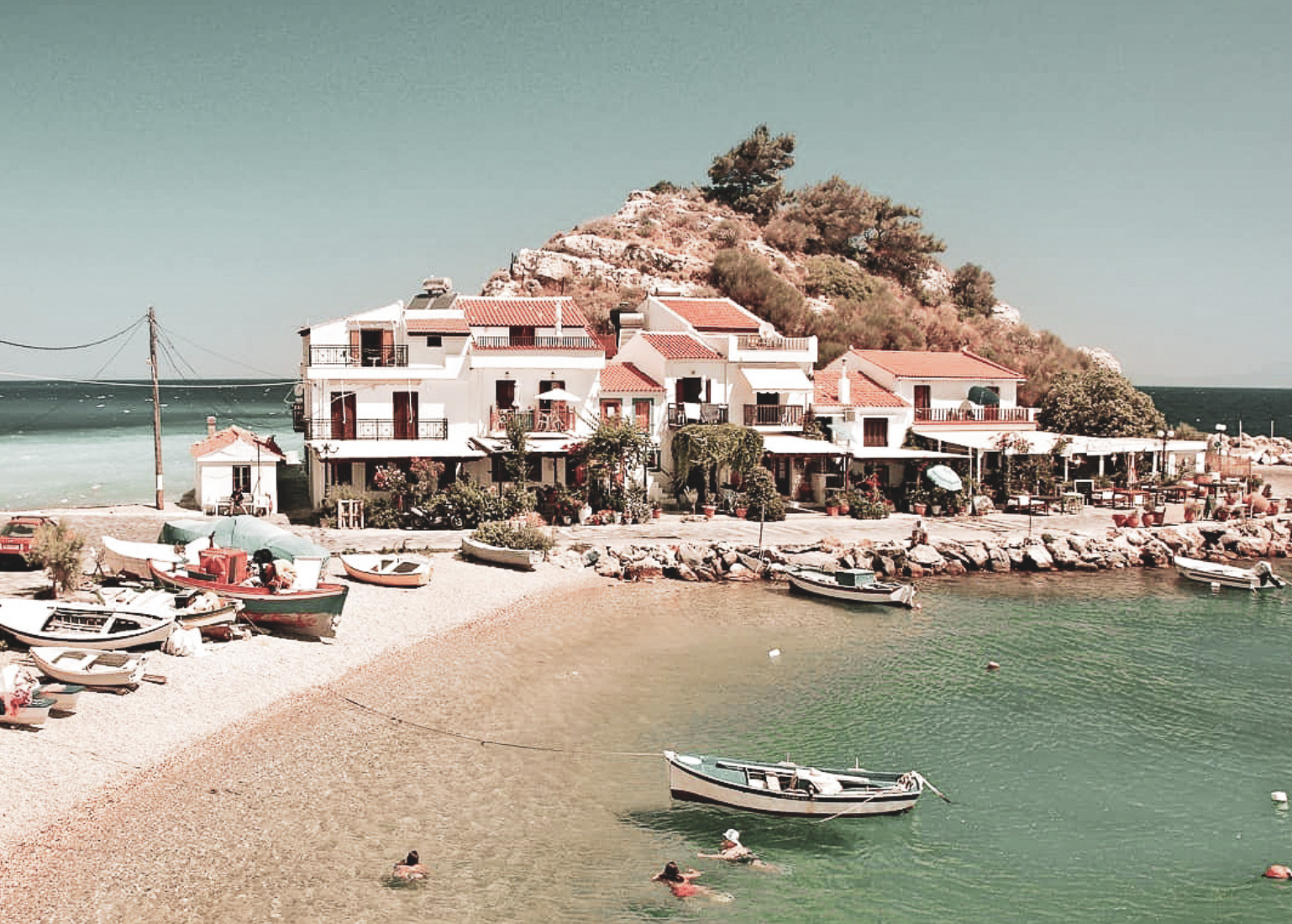
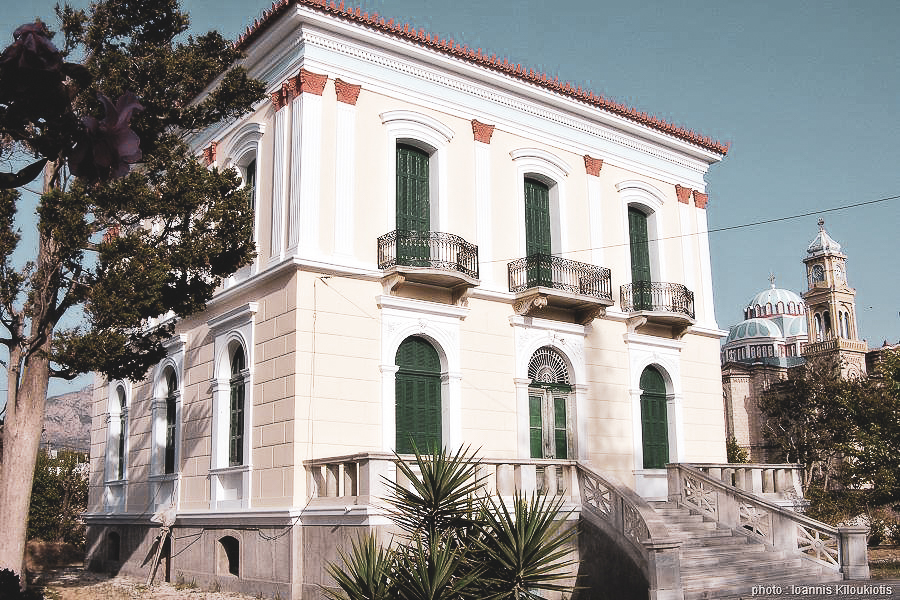
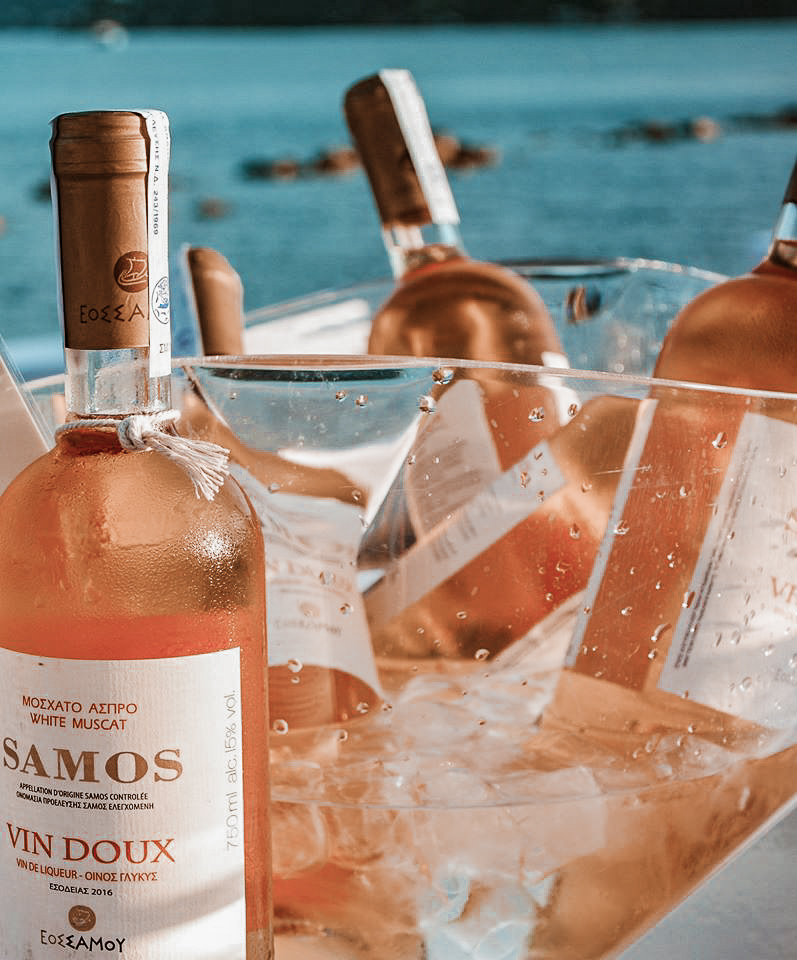
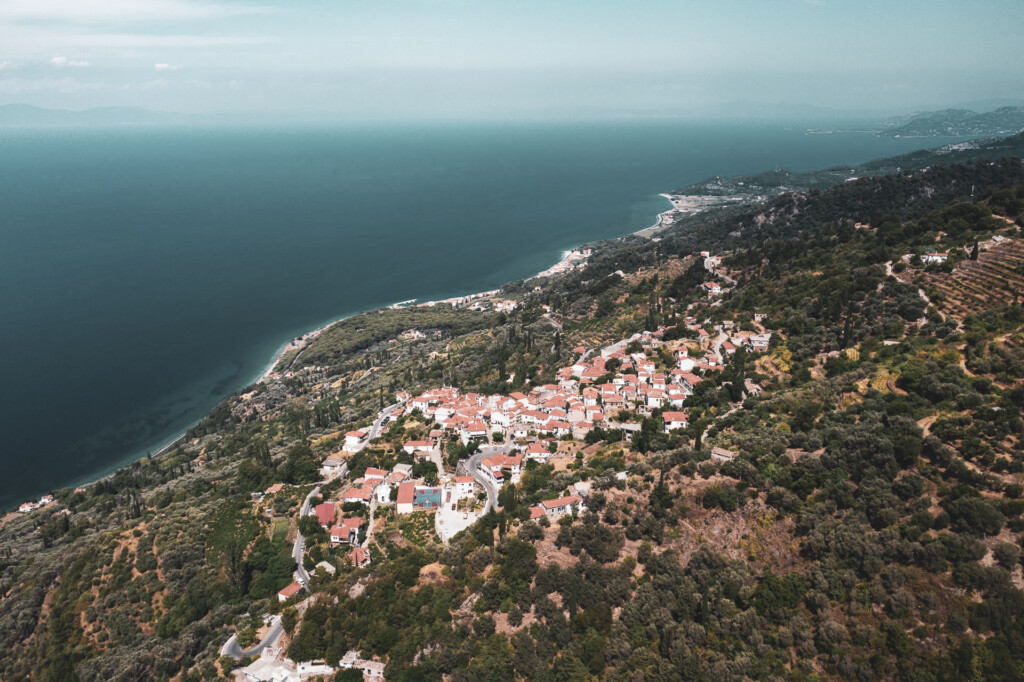
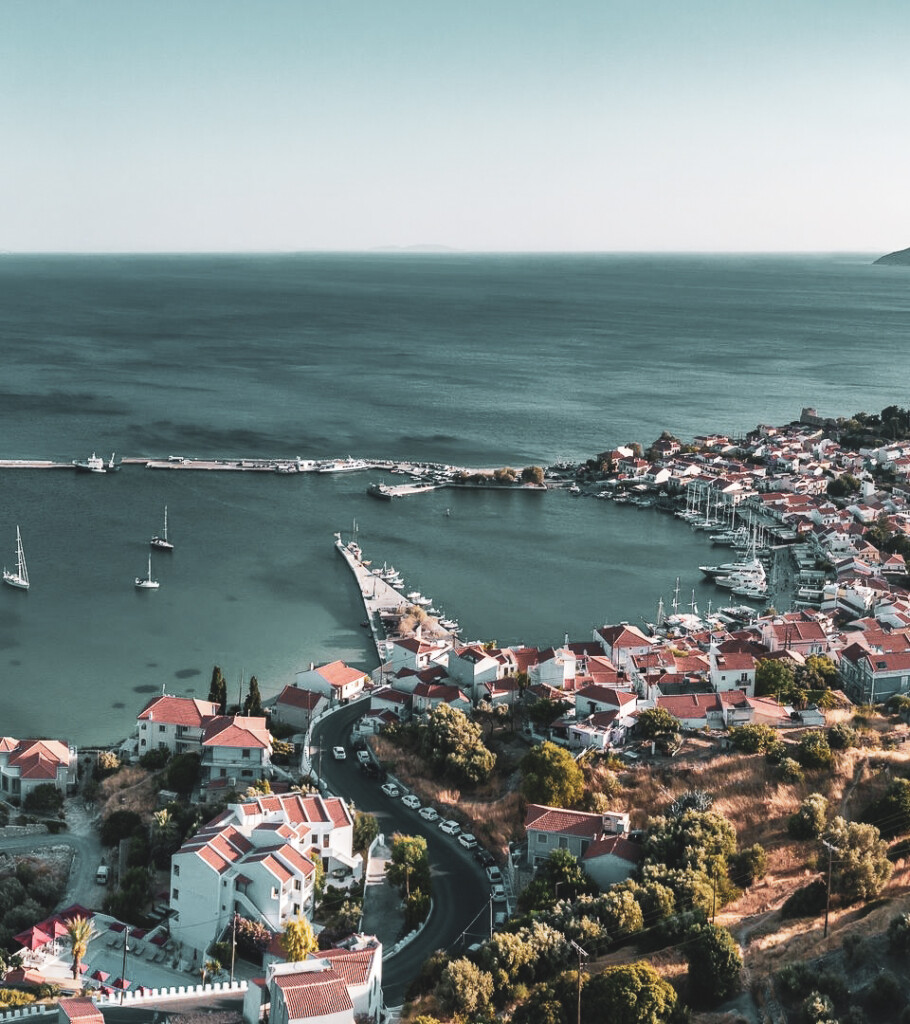
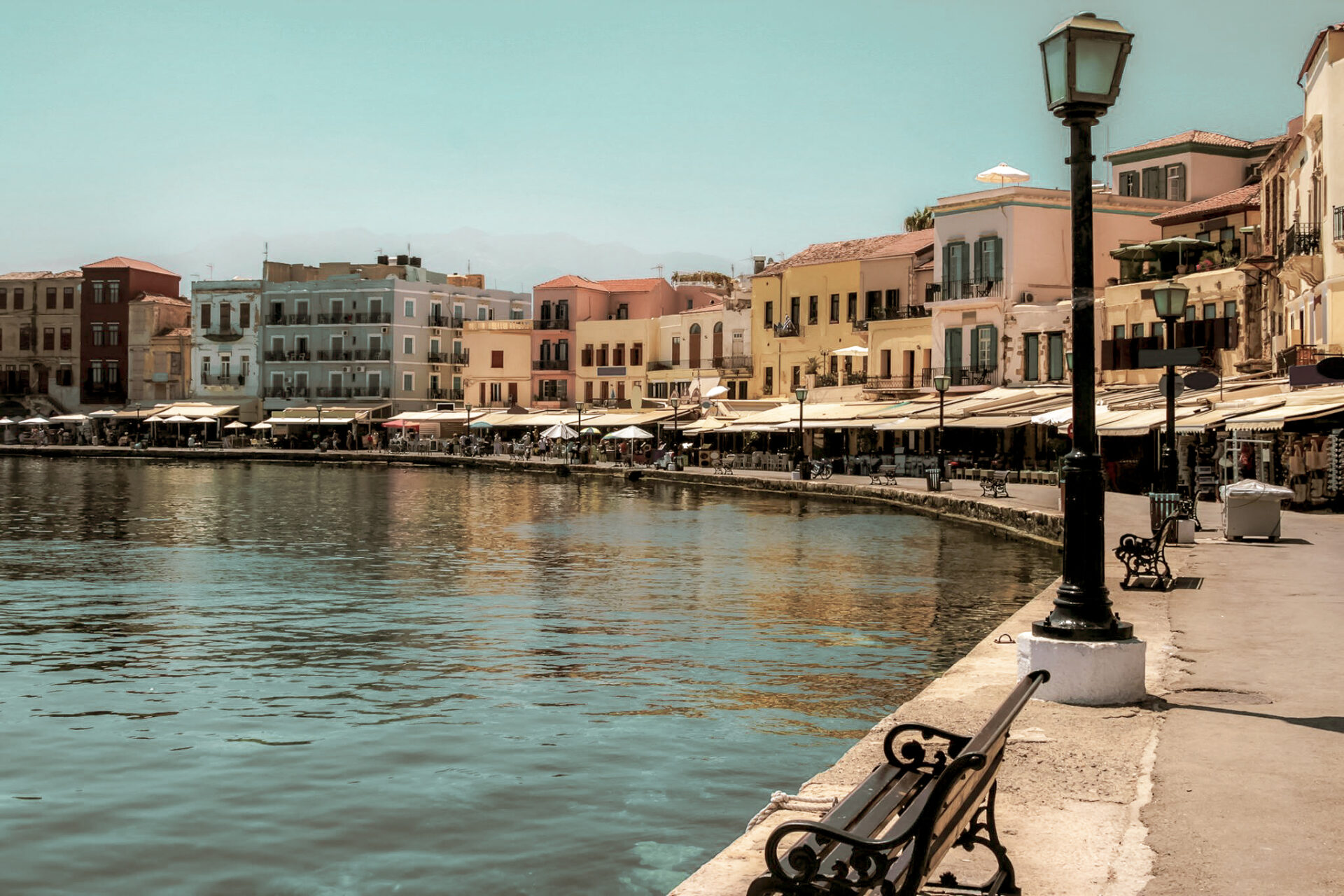
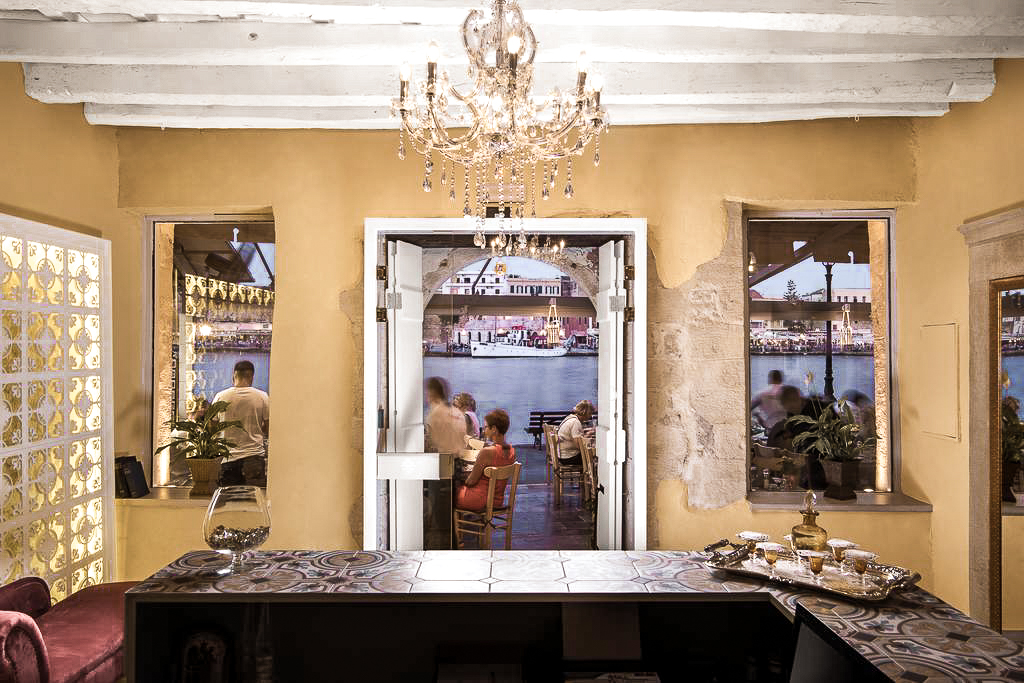
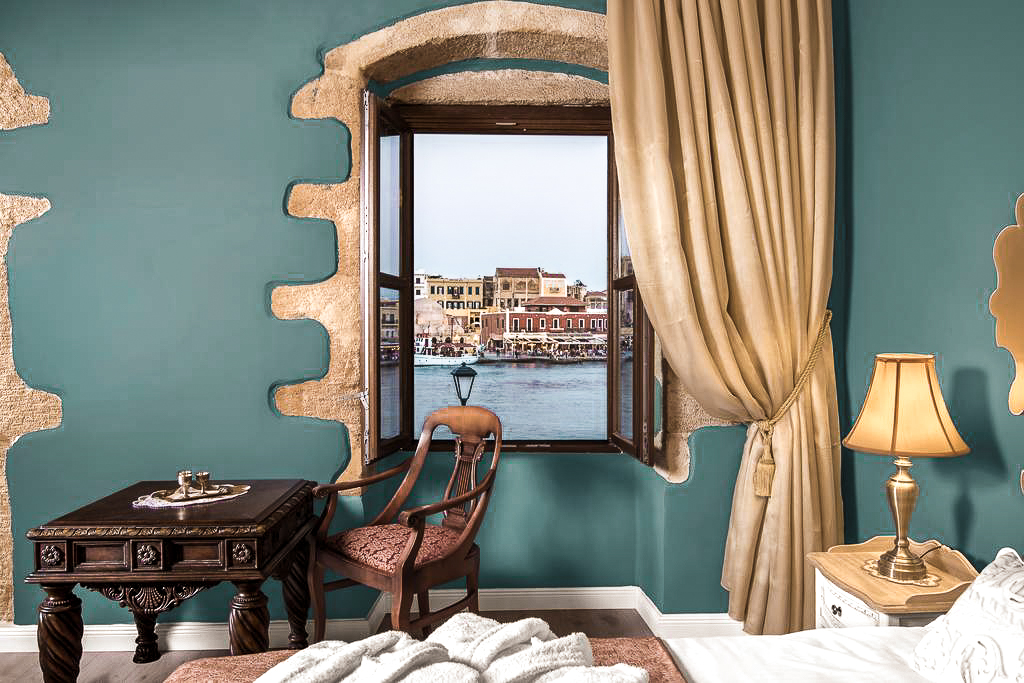

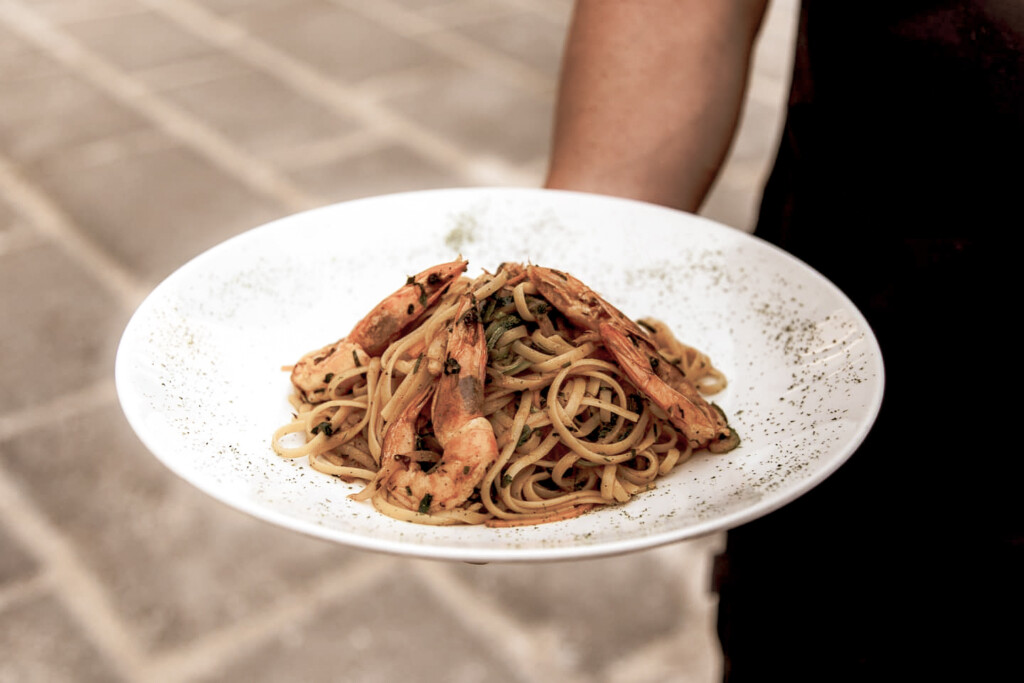
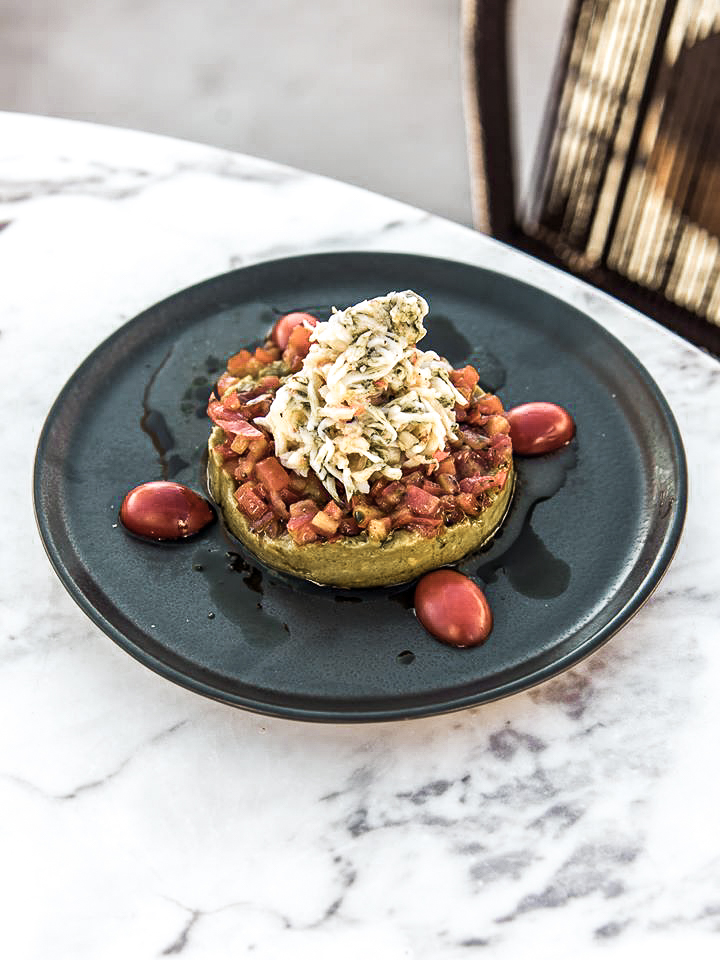
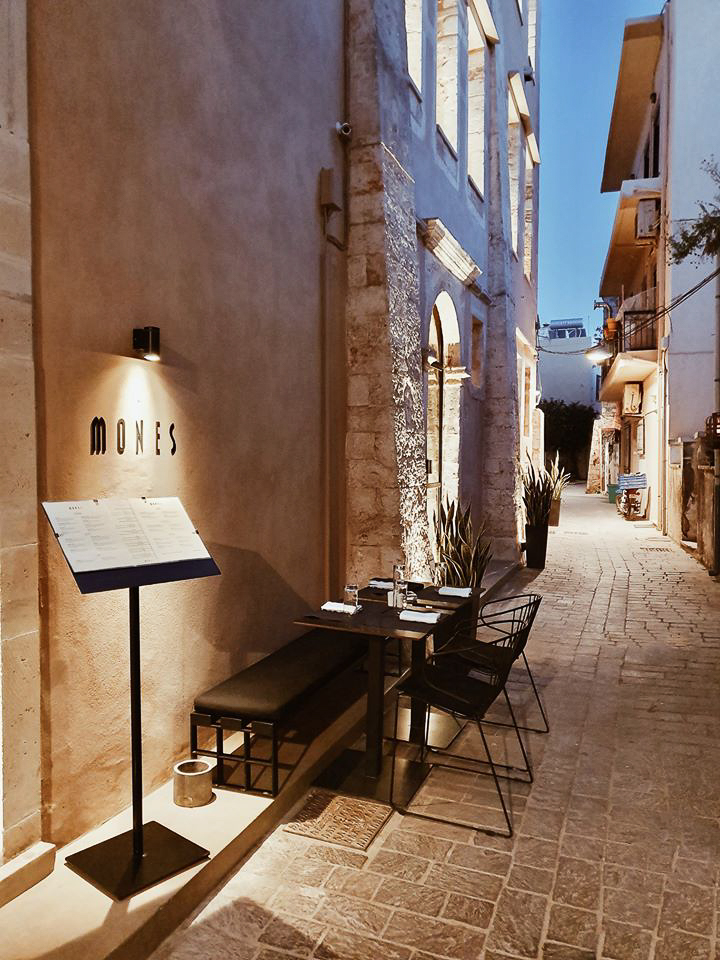
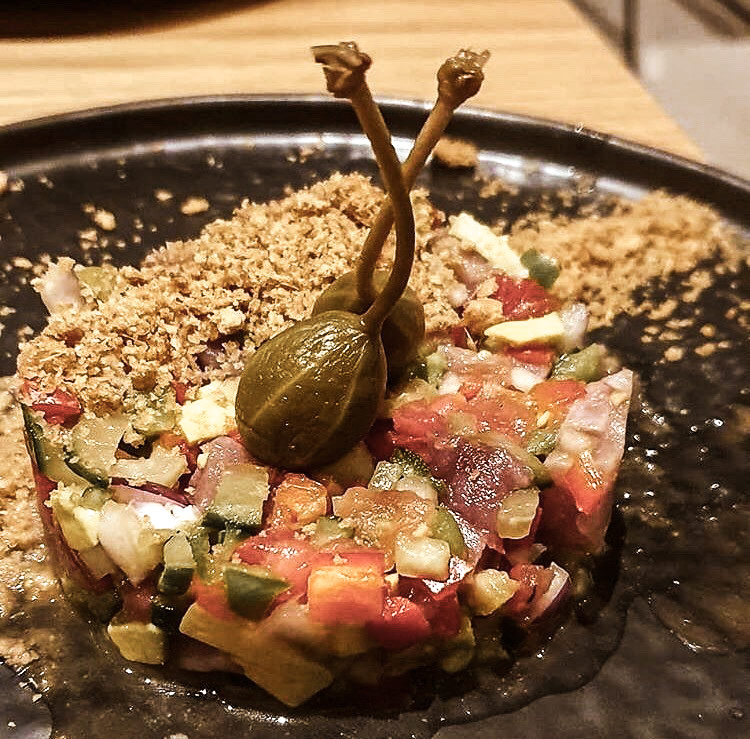
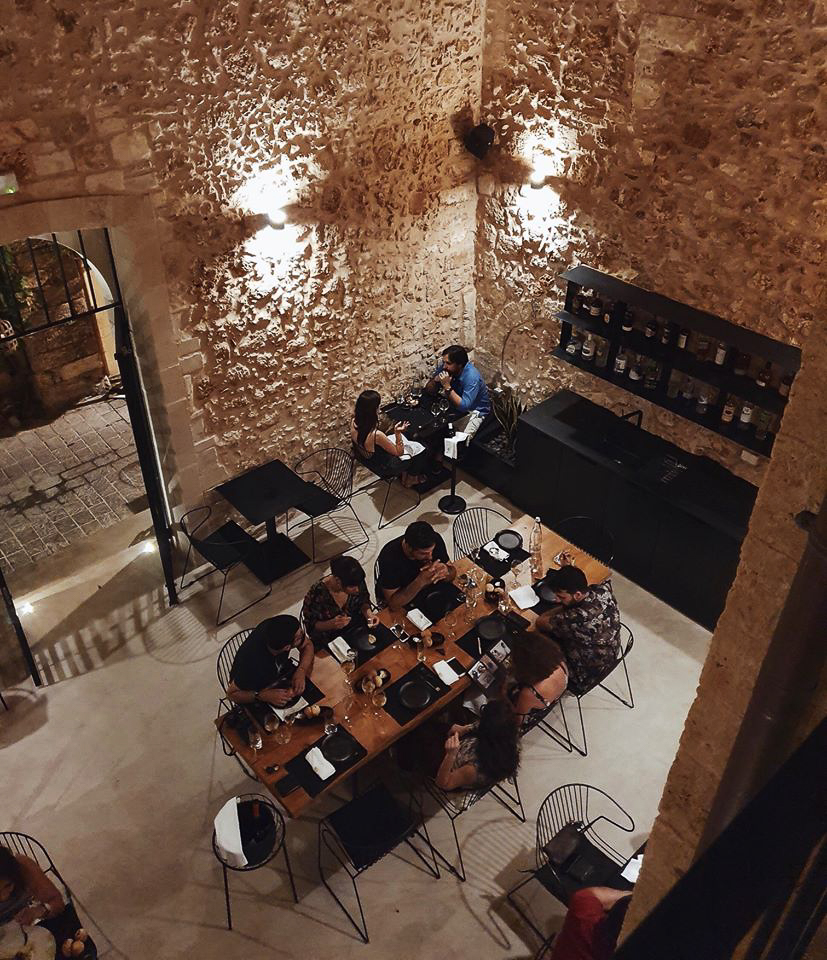
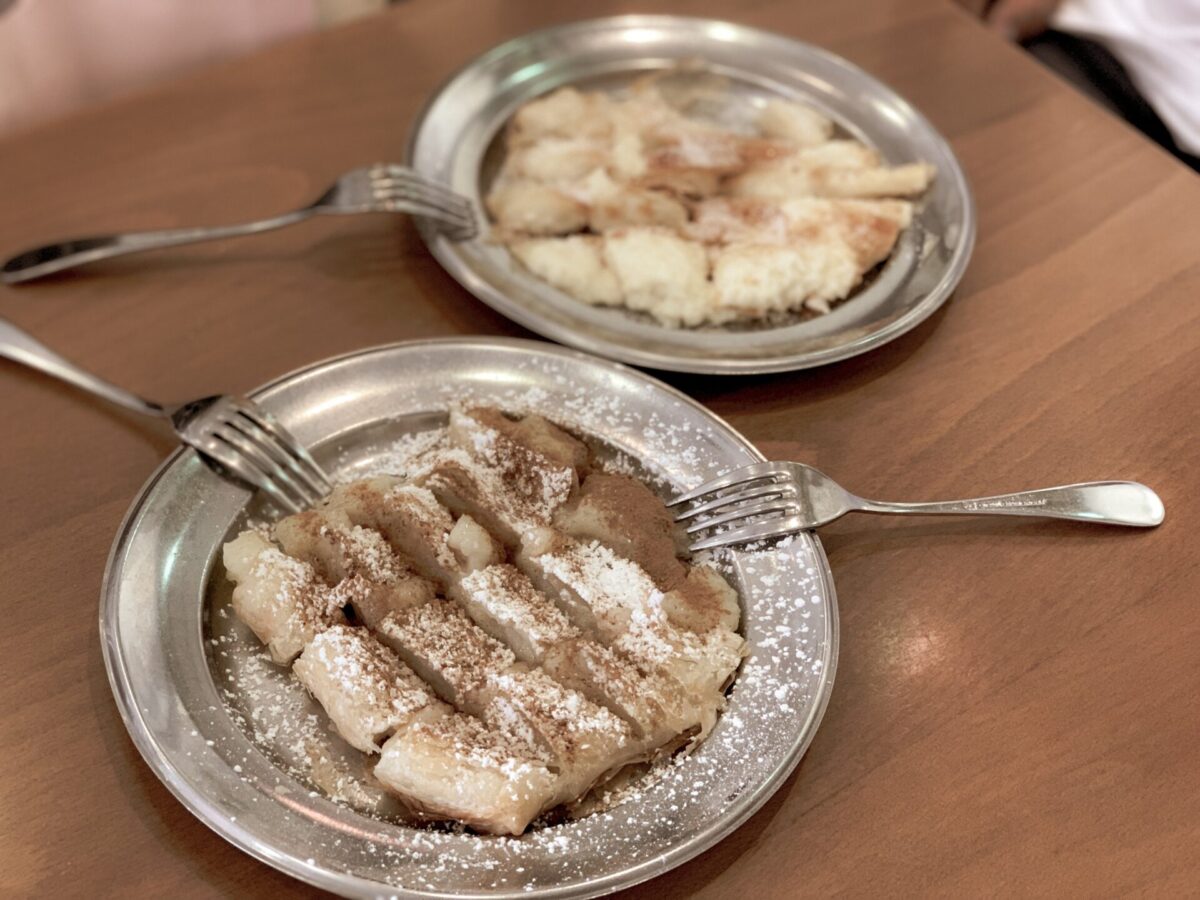 has been a local favourite since 1924. If you are looking for a variety of sweets, make your way over to Koukouvagia which has been named Greece’s best dessert shop on many occasions- and for a good reason! Here you can try the famous Zoumero (a fluffy chocolate cake) as well as Lemonopita (lemon cake), Mosaiko (chocolate biscuit cake), Mille Feuille, Milopita (apple pie), Karidopita (walnut cake)- plus the view is spectacular. Lastly, if you love crepes (like us) head to Roxanis and try the classic Nutella and Banana!
has been a local favourite since 1924. If you are looking for a variety of sweets, make your way over to Koukouvagia which has been named Greece’s best dessert shop on many occasions- and for a good reason! Here you can try the famous Zoumero (a fluffy chocolate cake) as well as Lemonopita (lemon cake), Mosaiko (chocolate biscuit cake), Mille Feuille, Milopita (apple pie), Karidopita (walnut cake)- plus the view is spectacular. Lastly, if you love crepes (like us) head to Roxanis and try the classic Nutella and Banana! 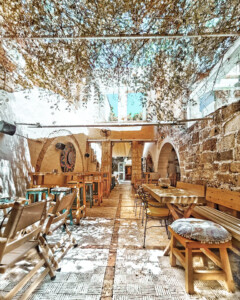
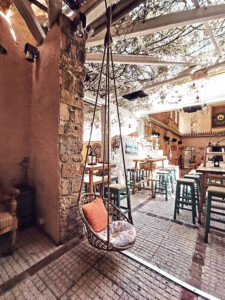
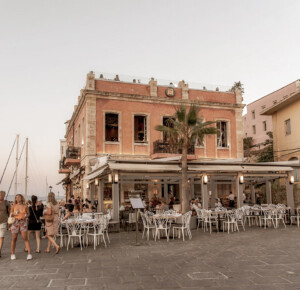
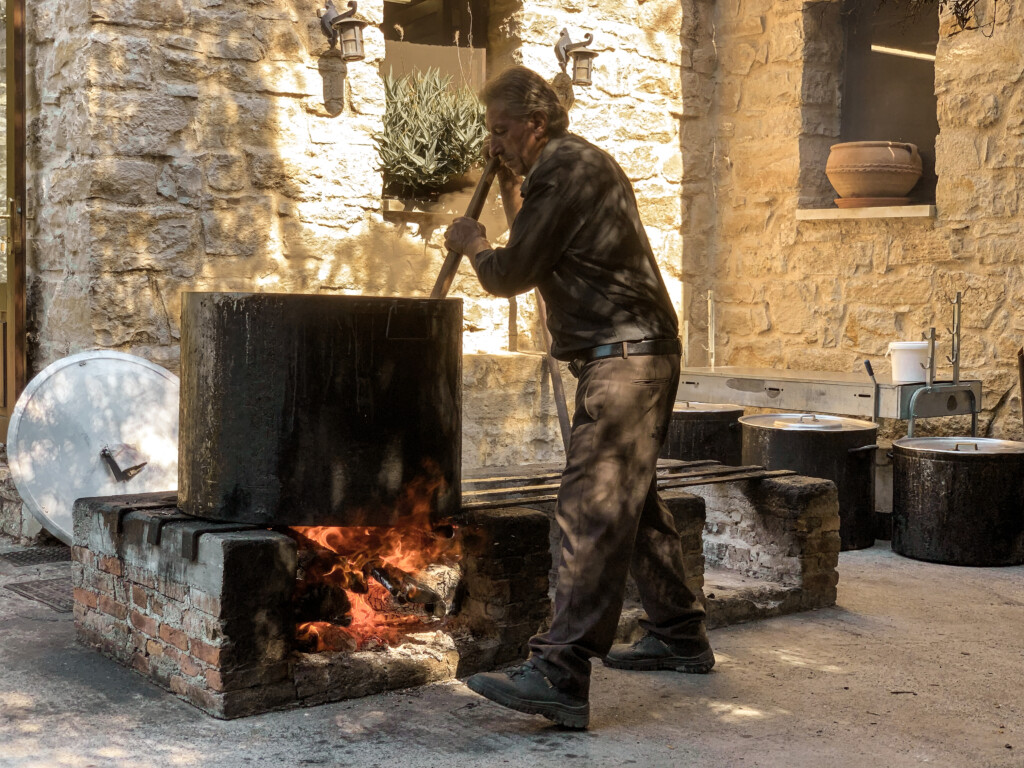
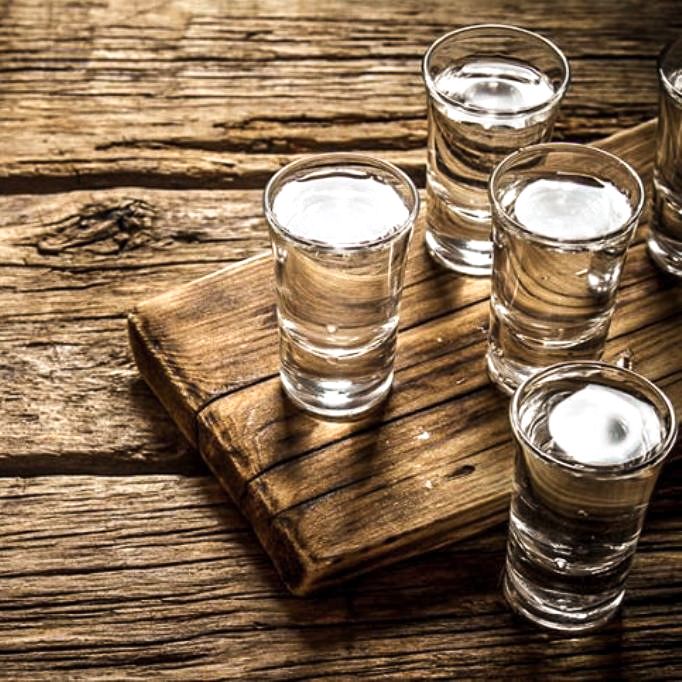
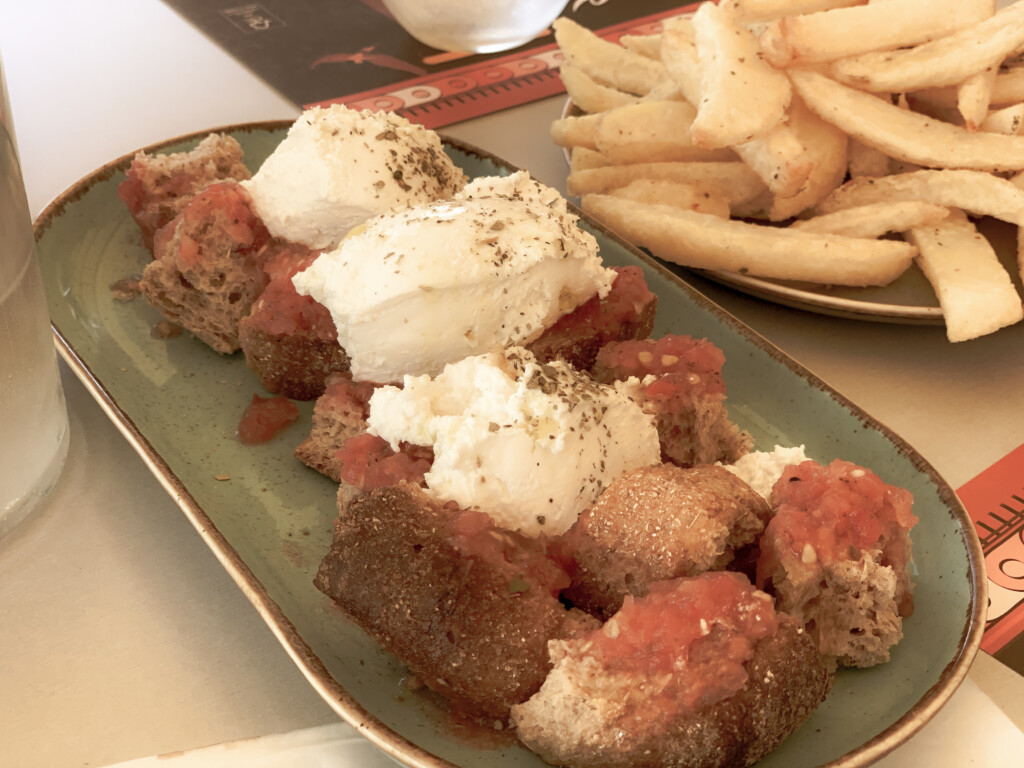
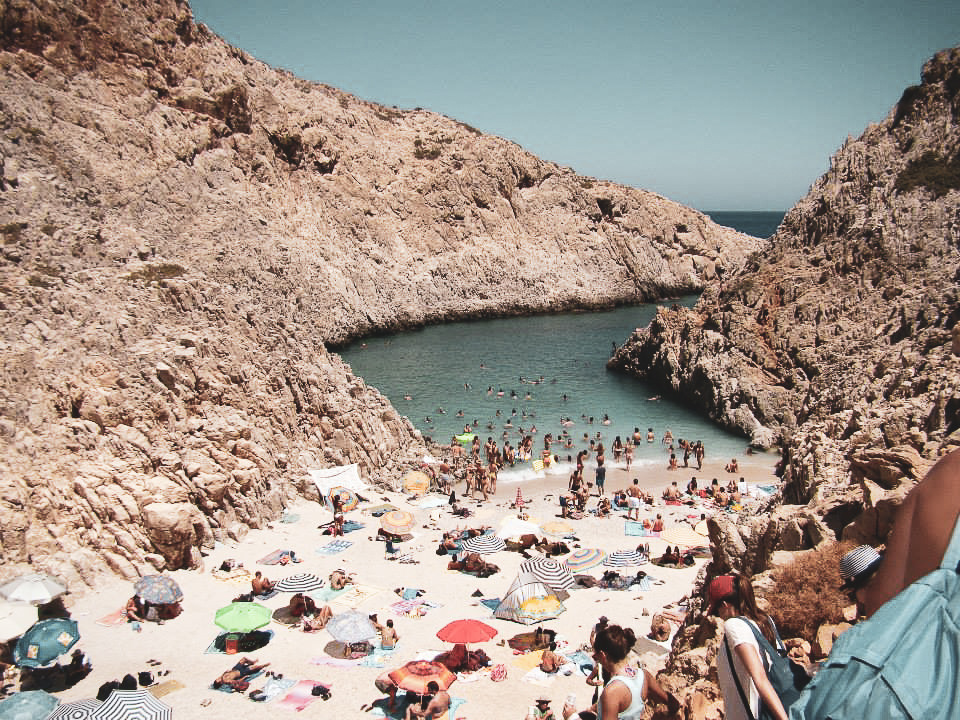
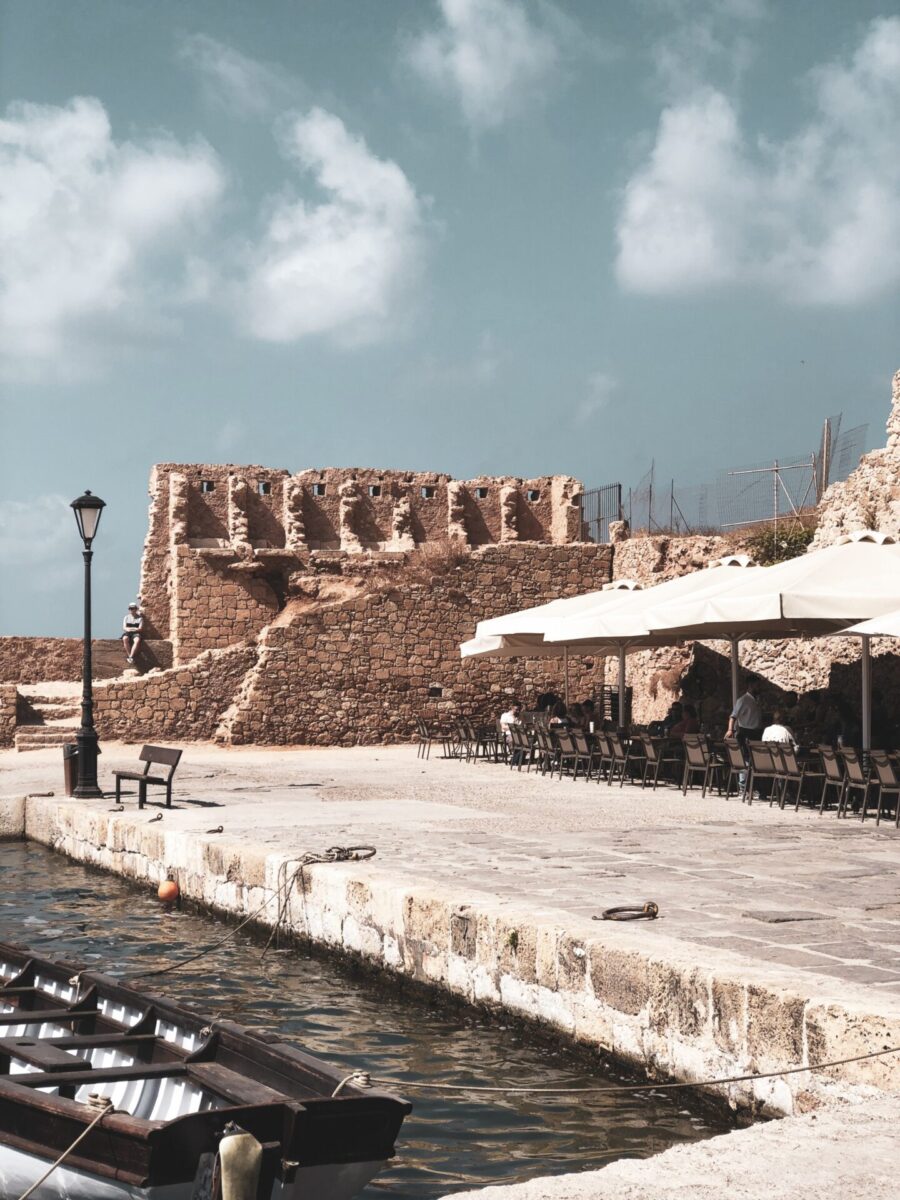
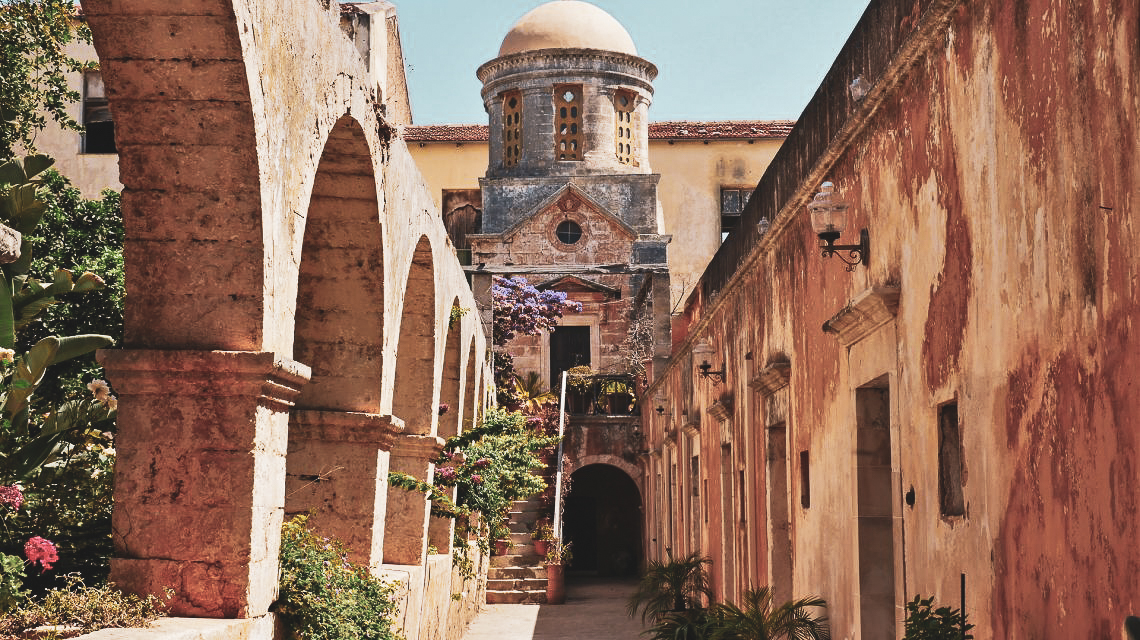
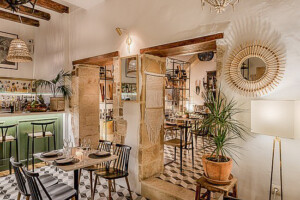 transforms clay into stunning vases, boats, and balloons. His studio is located in a small village and the hospitable artist will also take you next door to see a 300-year-old house. You should then drive to the village of Maza and eat at Dris in the main square (ask the owner to unlock the door to the tiny Byzantine chapel in front of his shop, which contains amazing 13th-century artifacts). Also, pay
transforms clay into stunning vases, boats, and balloons. His studio is located in a small village and the hospitable artist will also take you next door to see a 300-year-old house. You should then drive to the village of Maza and eat at Dris in the main square (ask the owner to unlock the door to the tiny Byzantine chapel in front of his shop, which contains amazing 13th-century artifacts). Also, pay 